Page 49 of 306
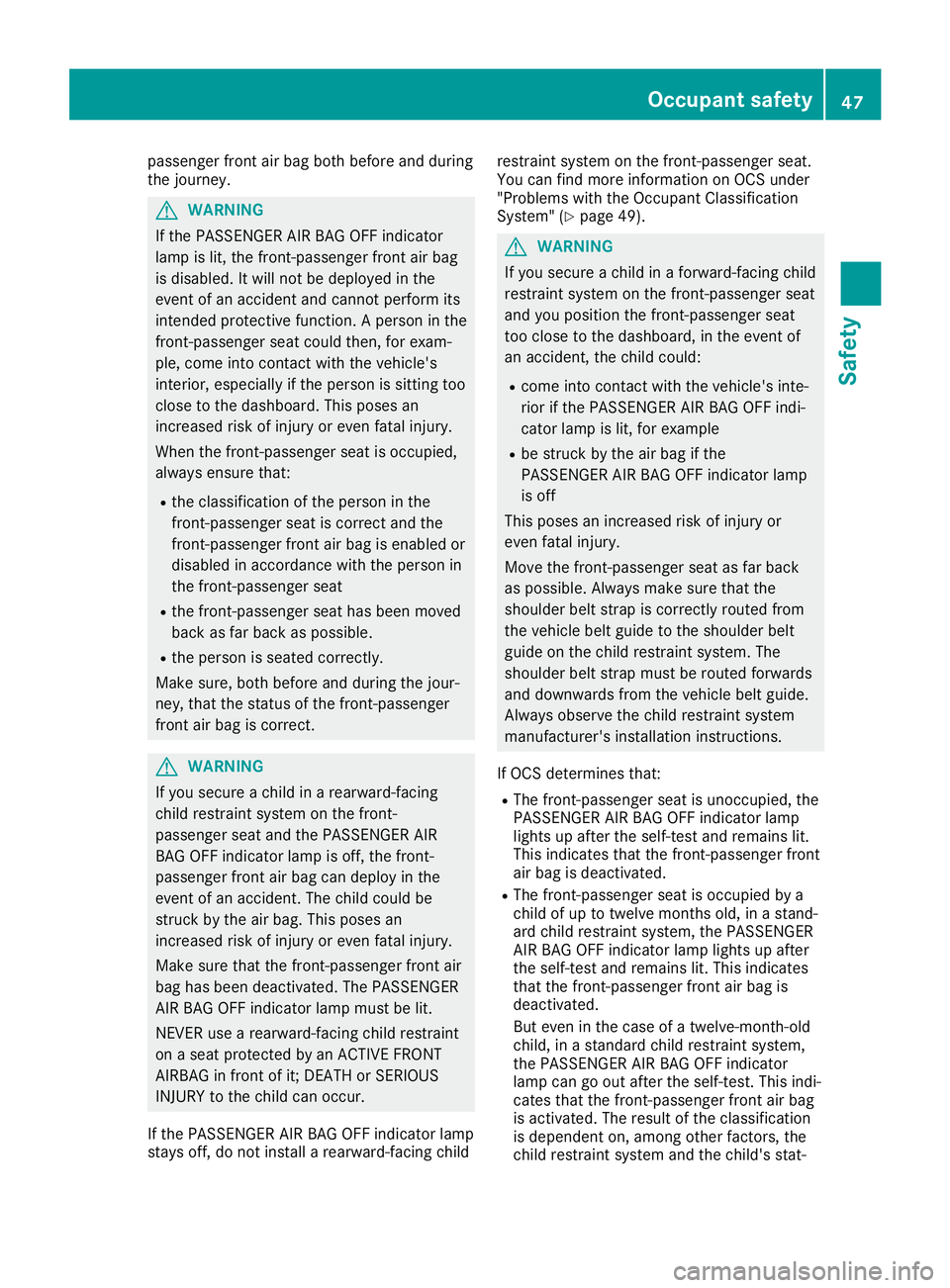
passenger
frontair bag both before andduring
the journ ey. G
WARN
ING
If the PAS SENGER AIRBAGOFF indicat or
lamp islit, the fron t-passenger frontair bag
is disabled. Itwill notbedeployed inthe
event ofan acciden tand cann otperfor mits
int ended protective func tion.A person inthe
fron t-passenger seatcould then,for exam-
ple, come intocon tact with thevehicle's
int erior, especially ifthe person issitt ing too
close tothe dashboard. Thisposes an
incr eased riskofinjury oreven fatalinjury.
When thefron t-passenger seatisocc upied,
always ensure that:
R the classific ationofthe person inthe
fron t-passenger seatiscorr ectand the
fron t-passenger frontair bag isenabled or
disabled inaccor dance withtheperson in
the fron t-passenger seat
R the fron t-passenger seathasbeen moved
back asfar back aspossible.
R the person isseated correctly.
Make sure,bothbefore andduring thejour-
ney, thatthestatusofthe fron t-passenger
fron tair bag iscorr ect. G
WARN
ING
If you secure achild inarearward-f acing
child restraint system onthe fron t-
passenger seatandthePAS SENGER AIR
BA GOFF indicat orlamp isoff, thefron t-
passenger frontair bag candeploy inthe
event ofan acciden t.The child could be
str uck bythe airbag. Thisposes an
incr eased riskofinjury oreven fatalinjury.
Make surethatthefron t-passenger frontair
bag hasbeen deactiv ated.ThePASSENGER
AIR BAGOFF indicat orlamp must belit.
NEV ERuse arearward-f acingchildrestraint
on aseat prote cted byan ACTIVE FRONT
AIRB AGinfron tof it;DE ATH orSERIOUS
INJURY tothe child canoccur.
If the PAS SENGER AIRBAGOFF indicat orlamp
stays off,donot installarearward-f acingchild rest
raint system onthe fron t-passenger seat.
You canfind more information onOCS under
"Problems withtheOcc upant Classification
System "(Y page 49). G
WARN
ING
If you secure achild inaforward- facingchild
rest raint system onthe fron t-passenger seat
and youposition thefron t-passenger seat
too close tothe dashboard, inthe event of
an acciden t,the child could:
R come intocon tact with thevehicle's inte-
rior ifthe PAS SENGER AIRBAGOFF indi-
cator lampislit, for example
R be struck bythe airbag ifthe
PAS SENGER AIRBAGOFF indicat orlamp
is off
This poses anincr eased riskofinjury or
even fatalinjury.
Move thefron t-passenger seatasfar back
as possible. Alwaysmakesurethatthe
shoulder beltstrap iscorr ectlyrouted from
the vehicle beltguide tothe shoulder belt
guide onthe child restraint system. The
shoulder beltstrap must berouted forwards
and downwards fromthevehicle beltguide.
Always observe thechild restraint system
manufact urer'sinstallation instruct ions.
If OCS determ inesthat:
R The front-passenger seatisunocc upied, the
PAS SENGER AIRBAGOFF indicat orlamp
lights upafter theself-t estand remains lit.
This indicat esthat thefron t-passenger front
air bag isdeactiv ated.
R The front-passenger seatisocc upied bya
child ofup totwelve monthsold, inastan d-
ard child restraint system, thePAS SENGER
AIR BAGOFF indicat orlamp lights upafter
the self-t estand remains lit.This indicat es
that thefron t-passenger frontair bag is
deactiv ated.
But even inthe case ofatwelve- month-old
child, inastan dard child restraint system,
the PAS SENGER AIRBAGOFF indicat or
lamp cangoout after theself-t est.This indi-
cates thatthefron t-passenger frontair bag
is activ ated. Theresult ofthe classific ation
is dependen ton, among otherfactors, the
child restraint system andthechild's stat- Occupant
safety
47Safet y Z
Page 50 of 306
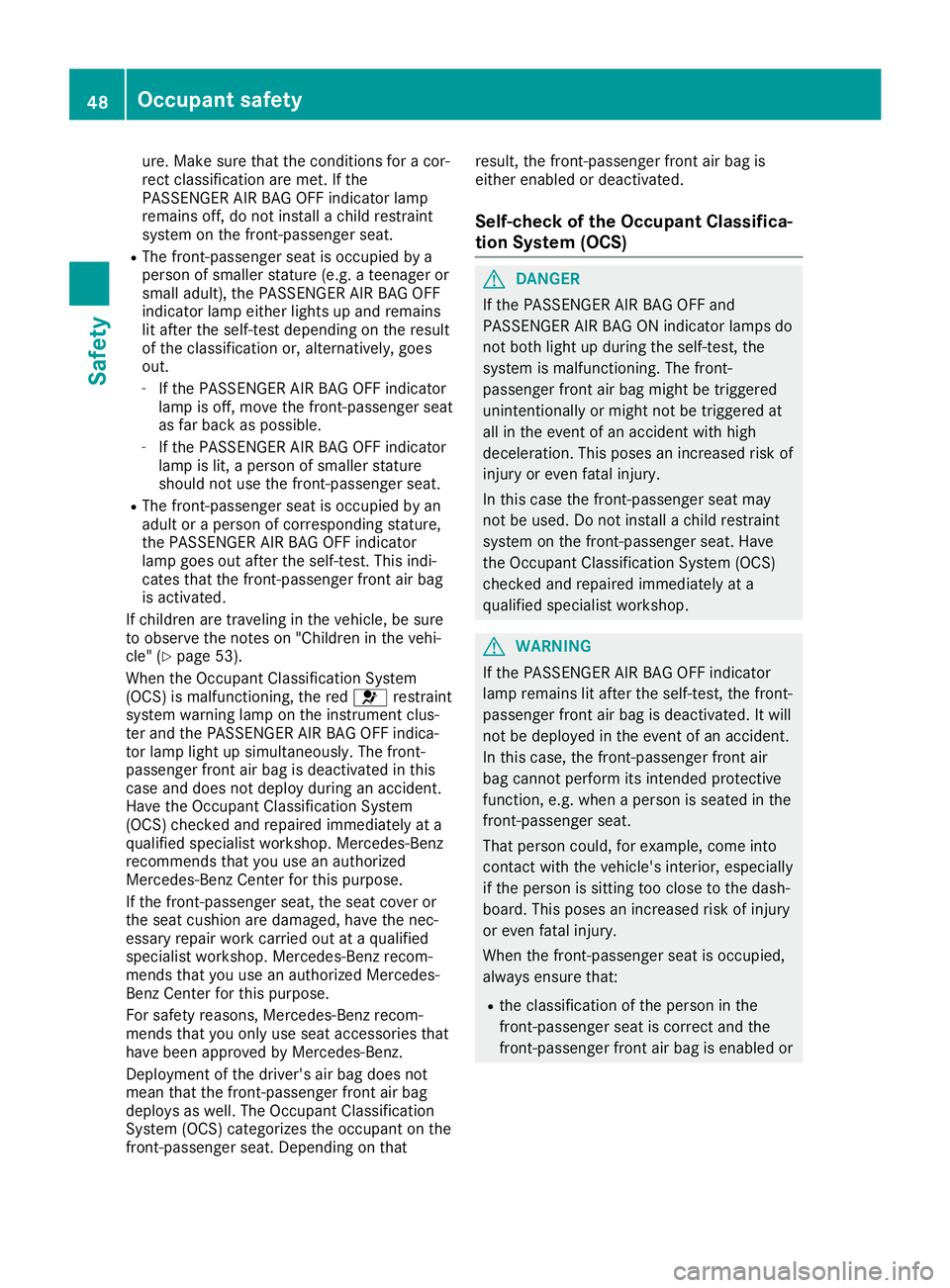
ure.
Makesure that theco nd ition sfor aco r-
rec tclas sificat ion are met .If th e
PA SS EN GER AIR BA GOF Find icat orlamp
rem ains off,do notins tall ach ild res traint
syst emonthefron t-pass enger seat .
R The fron t-pass enger seat isoc cupi edbya
per son ofsmal lerstatur e(e. g.ate en ager or
smal ladult ),th ePA SS EN GER AIR BA GOF F
ind icat orlamp either light sup and remains
lit aft ertheself -test depen dingon theres ult
of theclas sificat ion or,alte rnativ ely, goes
out .
- Ifth ePA SS EN GER AIR BA GOF Find icat or
lamp isoff ,mov eth efron t-pass enger seat
as far back asposs ible.
- Ifth ePA SS EN GER AIR BA GOF Find icat or
lamp islit,a per son ofsmal lerstatur e
sho uld notuse thefron t-pass enger seat .
R The fron t-pass enger seat isoc cupi edbyan
adult oraper son ofcorrespo nding statur e,
th ePA SS EN GER AIR BA GOF Find icat or
lamp goesoutaftertheself -test .This indi-
cat esthat thefron t-pass enger fron tair bag
is act ivat ed.
If ch ildr enare traveli ngintheveh icle,be sure
to obse rveth eno teson "Childr enintheveh i-
cle "(Y page 53).
When theOc cupan tClassi ficatio nSys tem
(OCS )is malf unctionin g,thered 0075 restraint
syst emwarn inglamp ontheins trumen tclus -
te rand thePA SS EN GER AIR BA GOF Find ica-
to rlamp lightupsim ultan eousl y.The fron t-
pass enger fron tair bag isdeac tivate din this
cas eand does notdeplo ydurin gan acc iden t.
Hav eth eOc cupan tClassi ficatio nSys tem
(OCS )ch eck edand repaired immediat elyata
qualif iedspec ialist workshop.Mer cedes-Ben z
rec omm ends that you useanauth orized
Mer cedes-Ben zCen terfor this purpo se.
If th efron t-pass enger seat ,th eseat cover or
th eseat cushion aredamag ed,have thene c-
ess ary repairwork carried outataqualif ied
spec ialist workshop.Mer cedes-Ben zrec om-
men dsthat you useanauth orizedMer cedes-
Ben zCen terfor this purpo se.
For safe tyreas ons,Mer cedes-Ben zrec om-
men dsthat you onlyuse seat accessorie sth at
have been approvedby Mer cedes-Ben z.
De ploym entof thedriv er'sair bag does not
mean that thefron t-pass enger fron tair bag
deplo ysas well. TheOccupan tClassi ficatio n
Sys tem (OCS )cat egor izesth eoc cupan ton the
fr on t-pass enger seat .De pen dingon that res
ult, thefron t-pass enger fron tair bag is
eit her enabled ordeac tivate d.
Self -check oftheOccup antClas sifica-
tion System (OCS) G
DANG
ER
If th ePA SS EN GER AIR BA GOF Fand
PA SS EN GER AIR BA GON indicat orlamps do
no tbot hlight updurin gth eself -test ,th e
syst emismalf unctionin g.The fron t-
pass enger fron tair bag migh tbe trigge red
unin tent ion ally ormigh tno tbe trigge redat
all intheeve ntofan acc iden twit hhigh
dec eler ation.This pose san increas edriskof
inj ury oreve nfat alinj ury.
In this cas eth efron t-pass enger seat may
no tbe used. Donotins tall ach ild res traint
syst emonthefron t-pass enger seat .Hav e
th eOc cupan tClassi ficatio nSys tem (OCS )
ch eck edand repaired immediat elyata
qualif iedspec ialist workshop. G
WAR
NING
If th ePA SS EN GER AIR BA GOF Find icat or
lamp remains litaft ertheself -test ,th efron t-
pass enger fron tair bag isdeac tivate d.Itwill
no tbe deplo yedintheeve ntofan acc iden t.
In this cas e,thefron t-pass enger fron tair
bag cannotper formits intended protective
fun ction ,e.g .when aper son isseat edinthe
fr on t-pass enger seat .
That person could, forexample ,co me into
co ntact withth eveh icle'sint erio r,espe cially
if th eper son issit tin gto oclo setothedash-
boar d.This pose san increas edriskof injury
or eve nfat alinj ury.
When thefron t-pass enger seat isoc cupi ed,
always ensure that:
R theclas sificat ion oftheper son inthe
fr on t-pass enger seat isco rrect and the
fr on t-pass enger fron tair bag isen abled or 48
Occup
antsafetySaf ety
Page 51 of 306
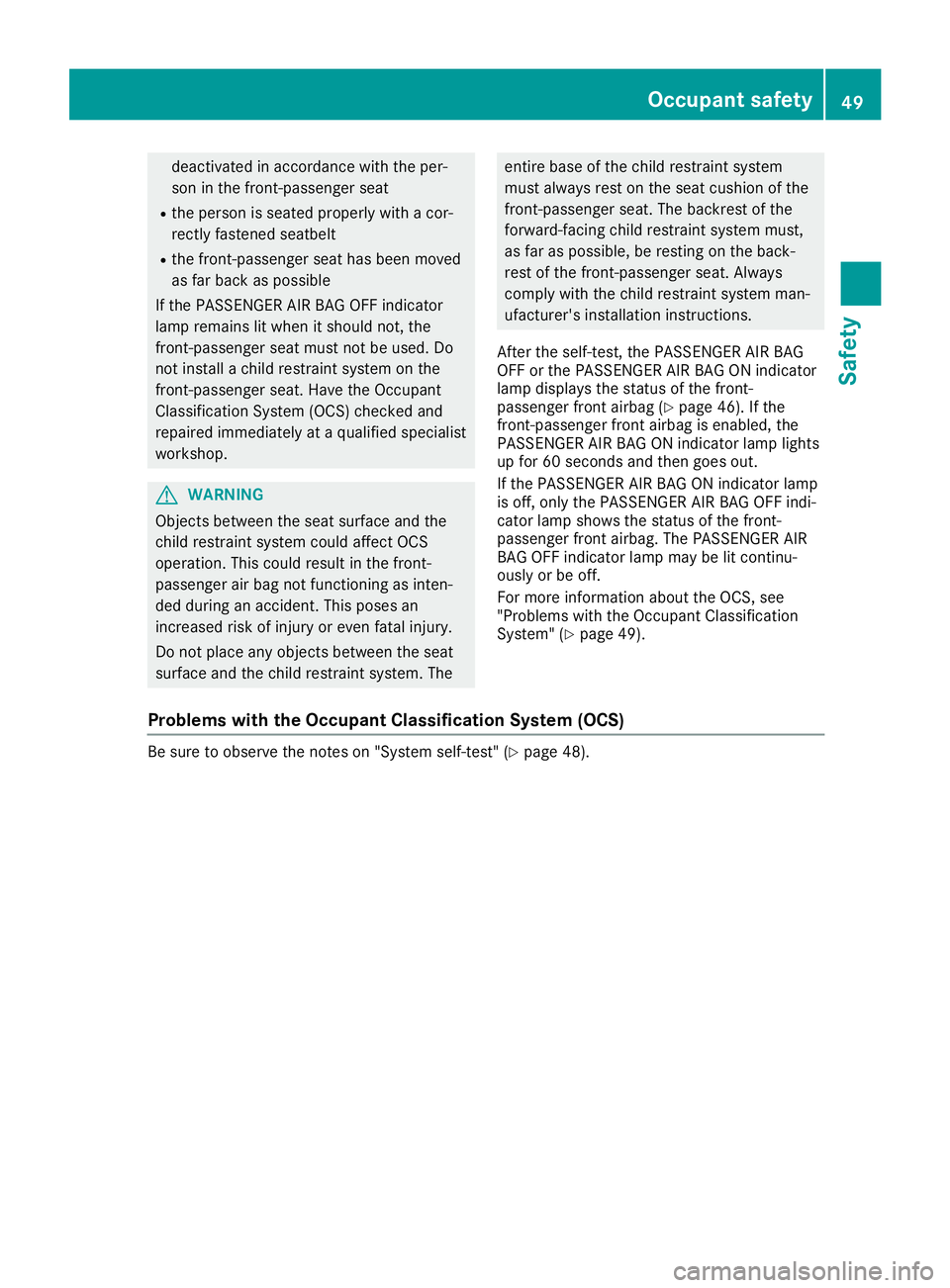
deactiv
atedinaccor dance withtheper-
son inthe fron t-passenger seat
R the person isseated properly withacor-
rect lyfasten edseatbelt
R the fron t-passenger seathasbeen moved
as far back aspossible
If the PAS SENGER AIRBAGOFF indicat or
lamp remains litwhen itshould not,the
fron t-passenger seatmust notbeused. Do
not installachild restraint system onthe
fron t-passenger seat.Have theOcc upant
Classification System(OCS)checkedand
repaired immediately ataqualified specialist
worksh op. G
WARN
ING
Objec tsbetween theseat surface andthe
child restraint system couldaffect OCS
operation .This could result inthe fron t-
passenger airbag notfunc tioningasinten-
ded during anacciden t.This poses an
incr eased riskofinjury oreven fatalinjury.
Do not place anyobjec tsbetween theseat
surface andthechild restraint system. The ent
irebase ofthe child restraint system
must always restonthe seat cushion ofthe
fron t-passenger seat.Thebackr estofthe
forward- facingchild restraint system must,
as far aspossible, berest ingonthe back-
rest ofthe fron t-passenger seat.Always
comply withthechild restraint system man-
ufactur er'sinstallation instruct ions.
Aft erthe self-t est,thePAS SENGER AIRBAG
OFF orthe PAS SENGER AIRBAGON indicat or
lamp displays thestatusofthe fron t-
passenger frontairbag (Ypage 46).Ifthe
fron t-passenger frontairbag isenabled, the
PAS SENGER AIRBAGON indicat orlamp lights
up for 60secon dsand then goes out.
If the PAS SENGER AIRBAGON indicat orlamp
is off, only thePAS SENGER AIRBAGOFF indi-
cator lampshows thestatusofthe fron t-
passenger frontairbag. ThePASSENGER AIR
BA GOFF indicat orlamp maybelitcon tinu-
ously orbe off.
For more information abouttheOCS, see
"Problems withtheOcc upant Classification
System "(Y page 49).
Problems withtheOccupant Classification System(OCS) Be
sure toobserve thenoteson "System self-test"(Ypage 48). Occupant
safety
49Safet y Z
Page 52 of 306
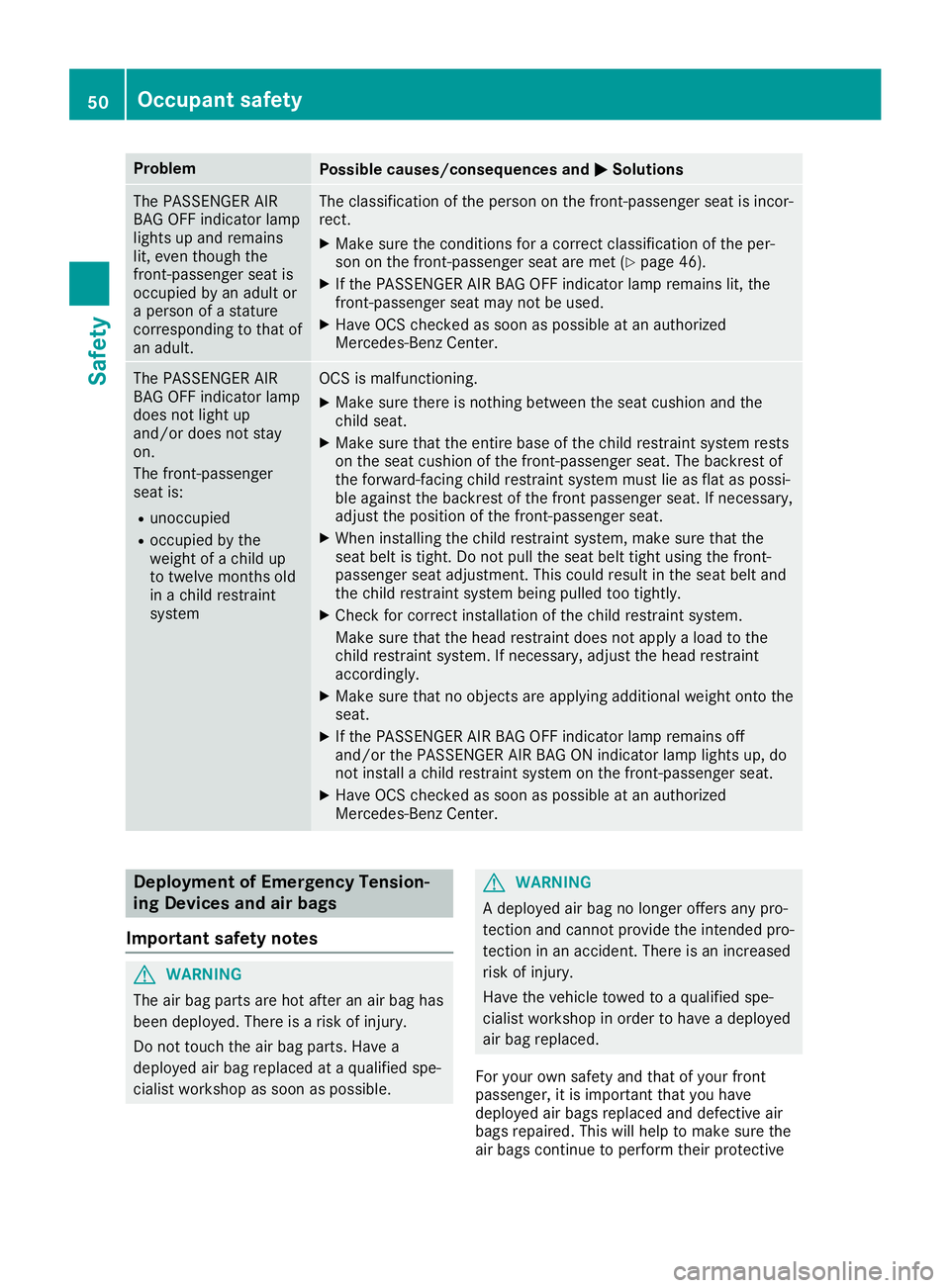
Problem
Possible
causes/co nsequences and0050 0050
Solutions The
PASS ENGER AIR
BAG OFFindicator lamp
lights upand remains
lit, even though the
front -passenger seatis
occupied byan adult or
a person ofastature
correspondin gto that of
an adult. The
classification ofthe person onthe front -passenger seatisincor-
rect.
X Make surethecondition sfor acorrect classification ofthe per-
son onthe front -passenger seataremet (Ypage 46).
X Ifthe PASS ENGER AIRBAG OFFindicator lampremains lit,the
front -passenger seatmaynotbeused.
X Have OCScheck edassoon aspossible atan authorized
Mercedes-Ben zCenter. The
PASS ENGER AIR
BAG OFFindicator lamp
does notlight up
and/or doesnotstay
on.
The front -passenger
seat is:
R unoccupied
R occupied bythe
weight ofachild up
to twelve monthsold
in achild restraint
system OCS
ismalfunctionin g.
X Make surethere isnothin gbetween theseat cushion andthe
child seat.
X Make surethattheentire baseofthe child restraint systemrests
on the seat cushion ofthe front -passenger seat.Thebackrest of
the forward-facing childrestraint systemmustlieasflat aspossi-
ble against thebackrest ofthe front passenger seat.Ifnecessary,
adjust theposition ofthe front -passenger seat.
X When installing thechild restraint system,makesurethatthe
seat beltistight. Donot pull theseat belttight using thefront -
passenger seatadjustment .This could result inthe seat beltand
the child restraint systembeingpulled tootightly.
X Check forcorrect installation ofthe child restraint system.
Make surethatthehead restraint doesnotapply aload tothe
child restraint system.Ifnecessary, adjustthehead restraint
accordingly.
X Make surethatnoobject sare apply ingadditional weightontothe
seat.
X Ifthe PASS ENGER AIRBAG OFFindicator lampremains off
and/or thePASS ENGER AIRBAG ONindicator lamplights up,do
not install achild restraint systemonthe front -passenger seat.
X Have OCScheck edassoon aspossible atan authorized
Mercedes-Ben zCenter. Deployment
ofEmergency Tension-
ing Devic esand airbags
Import antsafety notes G
WARNING
The airbag parts arehot after anair bag has
been deploye d.There isarisk ofinjury.
Do not touch theairbag parts. Havea
deploye dair bag replaced ataquali fiedspe-
cialist workshop assoon aspossible. G
WARNING
A deploye dair bag nolonger offersanypro-
tect ionand cannot provide theinten dedpro-
tect ioninan accident. Thereisan increased
risk ofinjury.
Have thevehicle towedtoaquali fiedspe-
cialist workshop inorder tohave adeploye d
air bag replaced.
For your ownsafety andthat ofyour front
passenger, itis important thatyouhave
deploye dair bags replaced anddefective air
bags repaired. Thiswillhelp tomake surethe
air bags continue toperform theirprotect ive 50
Occ
upantsafetySafety
Page 53 of 306

function
forthe vehicl eoccupa ntsinthe event
of acrash. G
WARNING
Emergency TensioningDevices thathave
depl oyedpyro technical lyare nolonge r
opera tional andareunab leto perform their
intended protective function.Thispose san
increas edrisk ofinjury oreven fatalinjury .
Have pyrotechnical lytrigger edEmergency
Tensio ningDevices replaced immed iatelyat
a qua lified speci alist worksho p.
An electric motor isuse dby PRE-SAFE ®
to
trigger thetightening ofthe seatbel tin haz-
ardo ussitua tions. Thisproced ureisreversi ble.
If Emergency TensioningDevices aretrigger ed
or air bag sare depl oyed,you willhea ra bang,
and some powdermay alsobe rele ased.The
0075 restrai ntsystem warning lamplig hts up.
Only inrare cases willthe bang affect your
hea ring. Thepowderthat isrele asedgenera lly
does notconstitute ahea lthhaza rd,but itmay
caus eshort-term breathing difficulti esinpeo-
ple with asthma orother respiratory problems.
Provid editis safe todo so, you shou ldlea ve
the vehicl eimmed iatelyor open thewind owin
order toprevent breathing difficulti es.
Air bag sand pyro technic Emergency Tension-
ing Devices (ETDs)contain perchloratemate-
rial ,whi chmay requirespeci alhandl ingand
rega rdfor the environment. Nationalguide-
lines must beobse rved duringdisp osal.In Ca l-
ifornia ,see www.dtsc.c a.gov/
HazardousWaste/ Perchlorate/i ndex.cfm.
Method ofoperatio n During
thefirst stage ofacolli sion, the
restrai ntsystem controlunitevaluates impo r-
tant physical datarelating tovehicl edecel era-
tion oraccele ration, suchas:
R dura tion
R dire ction
R intensity
Based onthe eval uation ofthis data ,the
restrai ntsystem controlunittrigger sthe Emer-
gency TensioningDevices duringahea d-on or
rear-end collision. An
Emergency TensioningDevice canonly be
trigger ed,if:
R the igniti onisswi tched on
R the components ofthe restrai ntsystem are
opera tional.You canfind further informa tion
under "Restrai ntsystem warning lamp"
(Y pag e39)
R the seatbel tbuckle tongue hasengag edin
the beltbuckle ofthe respe ctiveseat
If the restrai ntsyste mcontrol unitdetects a
more severe accident,further components of
the restrai ntsyste mare activa tedindep end-
ently ofeach other incertain frontalcollision
situa tions:
R Front airbag sas wel las drive r'sand front-
pas senger kneebags
Dependi ngon the perso nin the front-
pas senger seat,the front-passe ngerfront air
bag iseither enabledordisa bled.The front-
pas senger frontairbag canbedepl oyedin an
accid entonly ifthe PASSENGER AIRBAG OFF
indica torlam pis off. Obser vethe informa tion
on the PASSENGER AIRBAG indica torlam ps
(Y pag e39) .
You rvehicl ehas two-stage frontairbag s.
The activa tionthreshol dof the Emergency
Tensio ningDevices andtheairbag sis deter-
mined byeval uating therate ofvehicl edecel -
erati onoraccele rationwhichoccurs atvari ous
poi nts inthe vehicl e.This process ispre-emp -
tive innature. Deployment shouldtake place
in good timeatthe start ofthe colli sion.
The rate ofvehicl edecel erationoraccele ra-
tion andthedirection ofthe force areessen-
tial lydetermi nedby:
R the distri butionofforces duringthe colli sion
R the colli sion angle
R the deforma tionchara cteristics ofthe vehi-
cle
R the chara cteristics ofthe object withwhich
the vehicl ehas collided
Factors whichcan only beseen andmeas ured
after acolli sion hasoccurred donot playa
decis iverole inthe depl oyme ntofan air bag .
Nor dothey provi deanindica tionofair bag
depl oyme nt.
The vehicl ecan bedeforme dconside rably,
witho utan air bag being depl oyed.This isthe
case ifonly parts whichare relatively easily
deforme dare affected andtherate ofdecel er-
ation isnot high .Convers ely,air bag smay be
depl oyedeven though thevehicl esuffe rsonly Oc
cupant safety
51Safety Z
Page 54 of 306
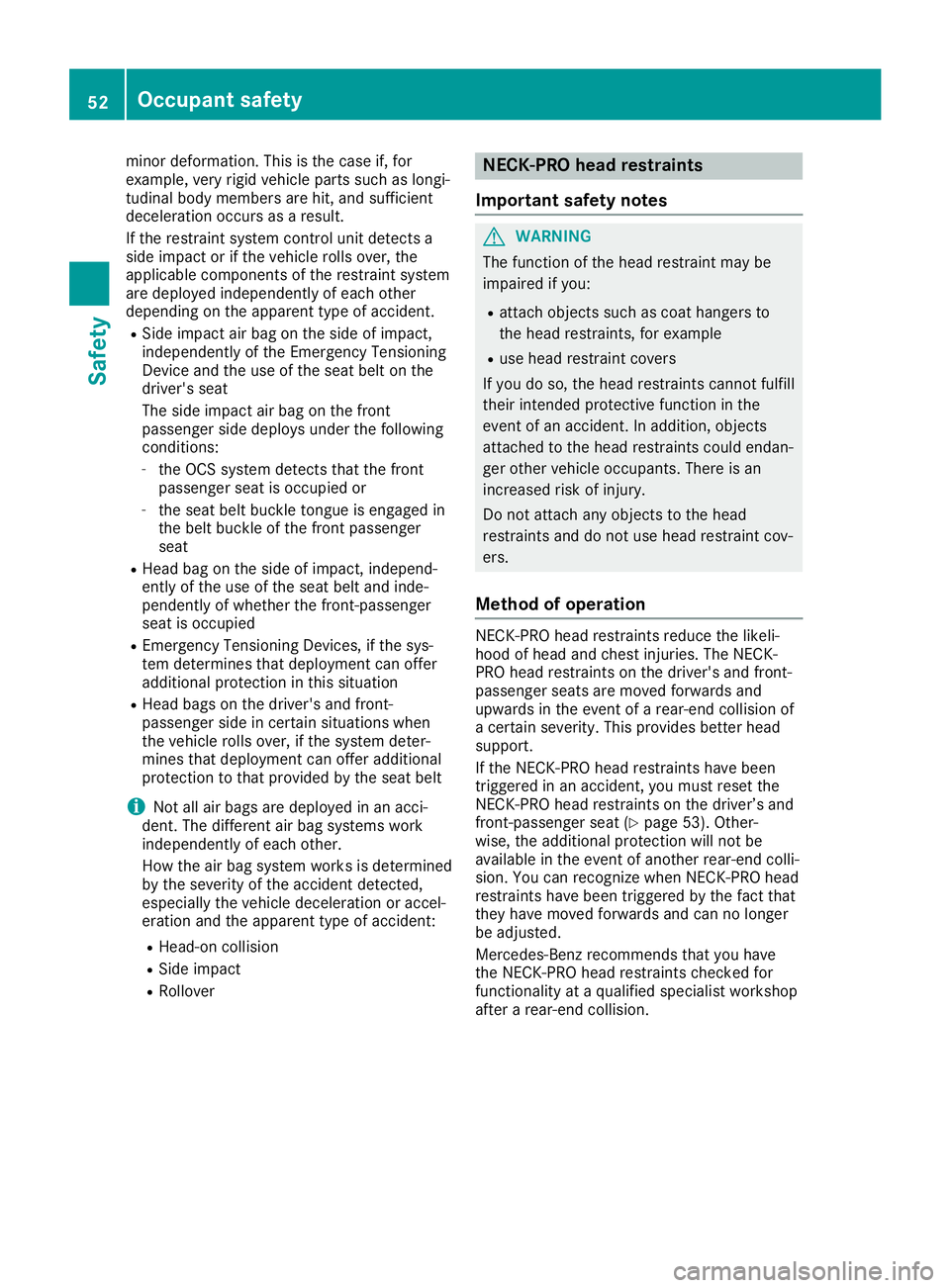
minor
deforma tion.Thisisthe case if,for
exampl e,very rigid vehicl eparts suchaslongi-
tudina lbody members arehit,and suffici ent
decel eratio noccurs asaresul t.
If the restraint systemcontrolunitdetects a
side impa ctor ifthe vehicl erolls over, the
app licable components ofthe restraint system
are depl oyedindepe ndently ofeach other
depe nding onthe apparent typeofaccide nt.
R Side impactair bag onthe side ofimpa ct,
indepe ndently ofthe Emergency Tensioning
Device andtheuse ofthe seat beltonthe
driver' sseat
The side impa ctair bag onthe front
pass enger sidedeploysunder thefollo wing
conditions:
- the OCS system detects thatthefront
pass enger seatisoccupi edor
- the seat beltbuckle tongue isengage din
the belt buckle ofthe front passenger
seat
R Head bagonthe side ofimpa ct,indepe nd-
ently ofthe use ofthe seat beltandinde-
pendently ofwhethe rthe front-passenger
seat isoccupi ed
R Emergency TensioningDevices, ifthe sys-
tem determines thatdeployme ntcan offer
add itional protection inthis situa tion
R Head bagsonthe driver' sand front-
pass enger sideincertain situations when
the vehicl erolls over, ifthe system deter-
mines thatdeployme ntcan offer additional
protection tothat provid edbythe seat belt
i Not
allair bags aredepl oyedin an acci-
dent. Thediffere ntair bag systems work
indepe ndently ofeach other.
How theairbag system worksisdetermined
by the severi tyof the accide ntdetected,
especi allythe vehicl edecel eratio nor accel-
eratio nand theapparent typeofaccide nt:
R Head-on collision
R Side impact
R Rol lover NECK
-PROhead restraints
Important safetynotes G
WARNING
The function ofthe head restraint maybe
impa iredifyou :
R attach objects suchascoat hangers to
the head restraints, forexampl e
R use head restraint covers
If you doso, the head restraints cannotfulfill
their intended protective functioninthe
event ofan accide nt.Inadd ition, objects
attached tothe head restraints couldendan-
ger other vehicleoccupa nts.There isan
increase drisk ofinjury.
Do not attach anyobjects tothe head
restraints anddonot use head restraint cov-
ers.
Method ofoperation NECK-PRO
headrestraints reducethe likel i-
hood ofhead andchest injurie s.The NECK-
PRO head restraints onthe driver' sand front-
pass enger seatsaremoved forwardsand
upw ards inthe event ofarear-end collision of
a certain severity.This provid esbetter head
supp ort.
If the NECK-PRO headrestraints havebeen
triggere din an accide nt,you must reset the
NECK-PRO headrestraints onthe driver’ sand
front-passenger seat(Ypage 53).Other-
wise ,the additional protection willnot be
avai lablein the event ofanother rear-end colli-
sion. Youcanrecognize whenNECK-PRO head
restraints havebeen triggered bythe fact that
they have moved forwardsand cannolonger
be adju sted.
Mercede s-Benzrecommends thatyouhave
the NECK-PRO headrestraints checkedfor
functionali tyat aqua lified specia listworkshop
after arear-end collision. 52
Occ
upant safetySafety
Page 55 of 306
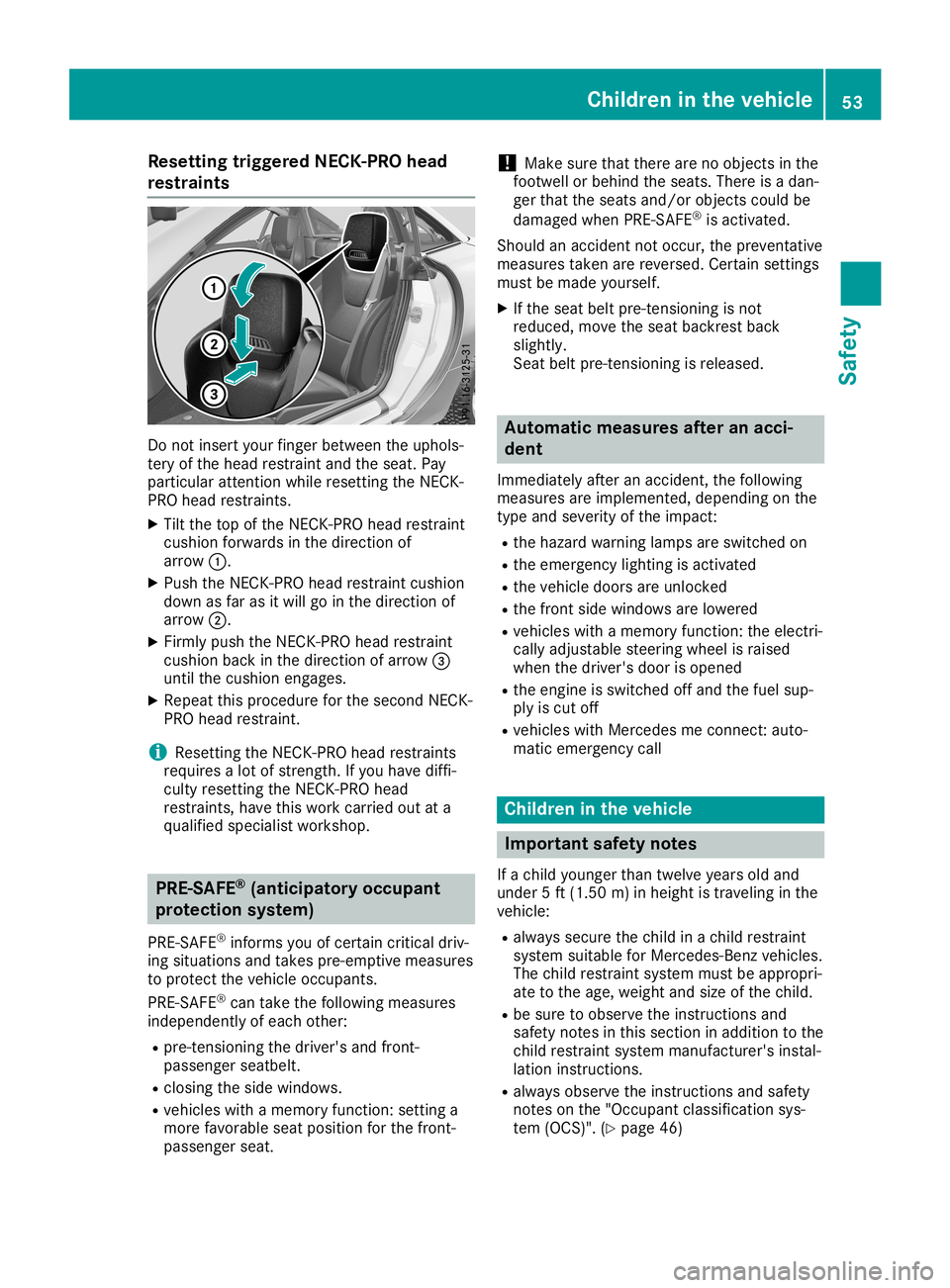
Res
ettingtrigg eredNEC K-PRO head
res traints Do
not inse rtyo ur fing erbetw eentheuphol s-
tery ofthe headres trai ntand theseat.Pa y
pa rticu larattenti onwhile res etting theNECK -
PR Ohea dres trai nts.
X Tilt the top ofthe NECK -PROhea dres trai nt
cus hionforw ardsin the directi onof
arr ow 0043.
X Pu sh the NECK -PROhea dres trai ntcus hion
dow nas far asitwi llgo inthe directi onof
arr ow 0044.
X Firm lypu sh the NECK -PROhea dres trai nt
cus hionba ck inthe directi onofarr ow 0087
unti lthe cushionenga ges.
X Re pea tthis proced ure forthe seco ndNECK -
PR Ohea dres trai nt.
i Re
setti ngthe NECK -PROhea dres trai nts
req uires alotof streng th.Ifyo uha ve diffi-
cul tyres etting theNECK -PROhea d
res trai nts, have this workcarr ied ou tat a
qu alifi ed spe cialist wo rksho p. PRE
-SAFE®
(an ticipato ryoccupa nt
prote ction sys tem)
PR E-SAFE ®
info rms youof certa incriti caldriv-
ing situ ations and take spre -emp tivemea sures
to pro tect thevehicleoccu pants.
PR E-SAFE ®
can take thefollowi ng mea sures
ind epe ndentl yof each othe r:
R pre -tensi oning thedriver' sand front-
pa sse nger seatbel t.
R clo sing thesidewi ndow s.
R veh icles with amemo ryfuncti on:setti nga
more favora ble sea tpos ition for the front-
pa sse nger seat. !
Ma
kesure that there arenoobje ctsinthe
foo twe llor beh indthe seats.The reisada n-
ger that theseatsand /or obje ctscou ldbe
da mag edwhen PRE-SAFE ®
is acti vate d.
Shou ldan acci dent notoccu r,the preventa tive
mea sures take nare reve rsed.Ce rtai nsetti ngs
mus tbe mad eyo urs elf.
X Ifthe seatbel tpre -tensi oning isnot
red uce d,move theseatba ckrest back
sli ghtl y.
Sea tbel tpre -tensi oning isrel eased . Auto
matic measuresafter anacc i-
den t
Imme diate lyafte ran acci dent, thefollowi ng
mea sures are implemente d,dep endi ngon the
typ eand severityof the impact:
R the hazard warning lamps areswitched on
R the eme rgency lighti ngisacti vate d
R the vehicledoo rsare unlocked
R the front sidewi ndow sare lowe red
R veh icles with amemo ryfuncti on:the electri -
cal lyad justa ble stee ring wheel israi sed
wh en the driver' sdoo ris ope ned
R the engi neisswi tched offand thefuelsu p-
pl yis cut off
R veh icles with Mer cedesme connect: auto-
mati ceme rgency call Chi
ldre nin the vehic le Impo
rtant safetynotes
If achi ldyoung erthan twelveyears old and
und er5ft (1.50 m)inhe ight istra vel ing inthe
veh icle:
R alwa yssecur ethe childinachi ldres traint
sy ste msuita ble for Merced es-Benz vehicles .
The childres traint syste mmu stbe appro pri-
ate tothe age, we ight and size ofthe child.
R be sure to observe the instructio nsand
sa fety note sin thi sse ctio nin ad ditio nto the
chi ldres traint syste mma nuf actu rer'sins tal-
la tio nins tructio ns.
R alwa ysobserve the instructio nsand safety
note son the "Occu pant cla ssificati on sys-
tem (OCS) ".(Y page 46) Ch
ildren inthe vehic le
53Safe ty Z
Page 56 of 306
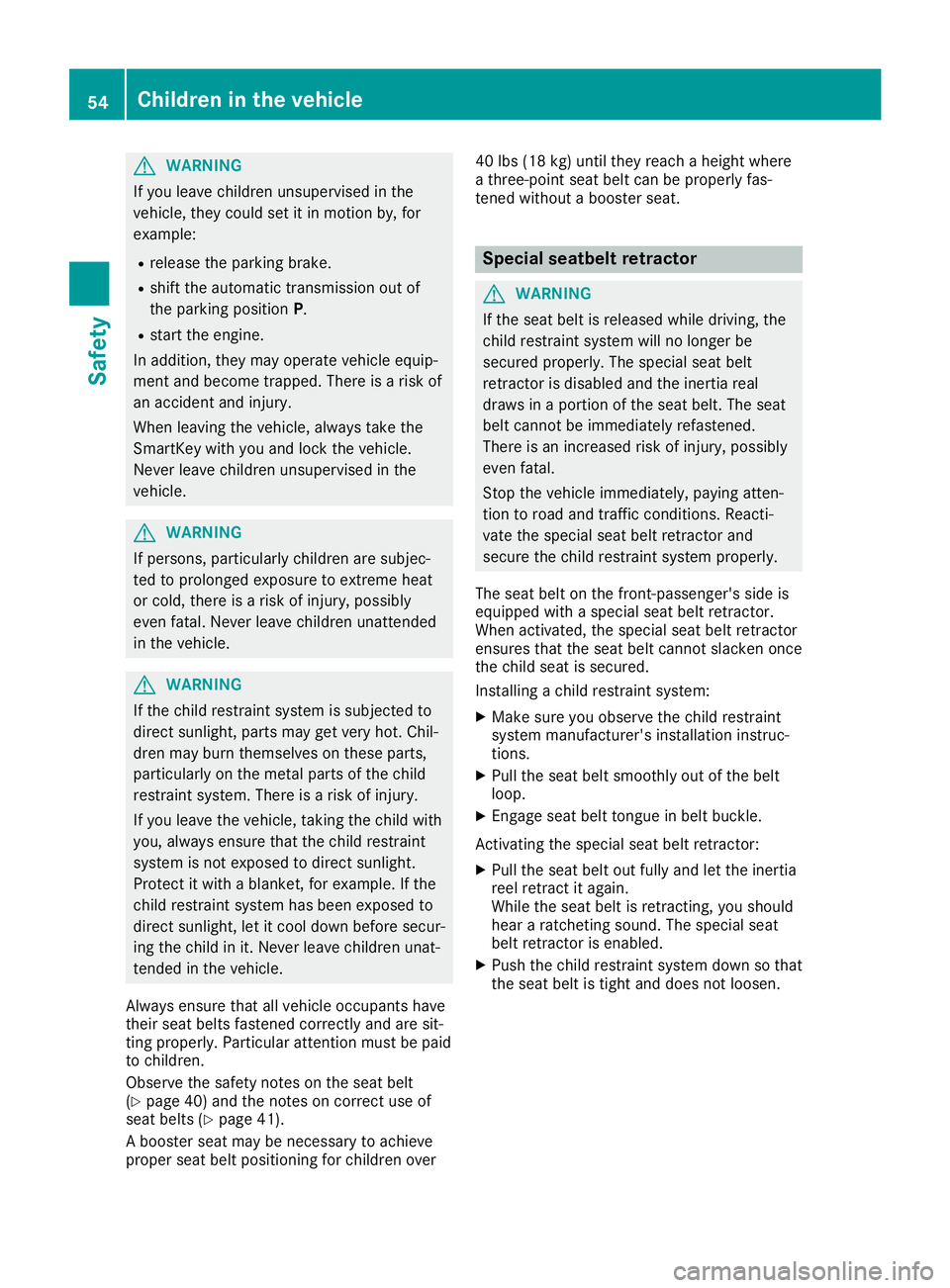
G
WARNING
If you leavechild renunsu pervi sedinthe
vehicl e,they couldset itin motion by,for
exampl e:
R rele ase theparki ngbrake.
R shift theautomatic transmissi onout of
the parki ngposi tion P.
R start theengine.
In add ition, theymayopera tevehicl eequ ip-
ment andbecome trapped.There isarisk of
an accide ntand injury .
When leaving thevehicl e,alw aystake the
SmartKey withyouand lock thevehicl e.
Never leavechild renunsu pervi sedinthe
vehicl e. G
WARNING
If perso ns,particu larlychild renaresubjec-
ted toprolo nged exposu reto extreme heat
or cold, there isarisk ofinjury ,possi bly
even fatal.Never leavechild renunattended
in the vehicl e. G
WARNING
If the child restrai ntsystem issub jected to
dire ctsunli ght,parts maygetvery hot.Chil-
dren mayburn themsel vesonthese parts,
particu larlyon the metal partsofthe child
restrai ntsystem. Thereisarisk ofinjury .
If you leavethe vehicl e,taking thechild with
you ,alw aysensure thatthechild restrai nt
system isnot expose dto dire ctsunli ght.
Protect itwith abla nket, forexampl e.Ifthe
child restrai ntsystem hasbeen expose dto
dire ctsunli ght,letitcool downbefore secur-
ing the child init. Never leavechild renunat-
tended inthe vehicl e.
Alwa ysensure thatallvehicl eoccupa ntshave
their seatbeltsfastened correctly andaresit-
ting prope rly.Particu larattention mustbepaid
to child ren.
Observe thesafety notesonthe seat belt
(Y pag e40) and thenotes oncorrect useof
seat belts(Y pag e41).
A booster seatmaybenecessa ryto achie ve
prope rseat beltposi tioning forchild renover 40
lbs (18 kg)until theyreach aheig htwhere
a three-poi ntseat beltcan beprope rlyfas-
tened withoutabooster seat. Spec
ialseatbe ltretractor G
WARNING
If the seat beltis rele ased whiledrivi ng,the
child restrai ntsystem willno longer be
secure dprope rly.The speci alseat belt
retractor isdisa bledand theinertia real
draw sin aportion ofthe seat belt.The seat
bel tcannot beimmed iatelyrefastene d.
There isan increas edrisk ofinjury ,possi bly
even fatal.
Stop thevehicl eimmed iately,pay ing atten-
tion toroad andtraffic conditions. Reacti-
vate thespeci alseat beltretractor and
secure thechild restrai ntsystem properly.
The seat belton the front-passenge r'sside is
equ ipped with aspeci alseat beltretractor.
When activated,thespeci alseat beltretractor
ensure sthat theseat beltcannot slacken once
the child seatissecure d.
Install ingachild restrai ntsystem:
X Make sureyouobser vethe child restrai nt
system manufacturer's installationinstruc-
tions.
X Pul lthe seat beltsmoothly outofthe belt
loop .
X Engage seatbelttongue inbel tbuckle .
Activating thespeci alseat beltretractor:
X Pul lthe seat beltout fullyand letthe inertia
reel retract itaga in.
Whil ethe seat beltis retracting, youshou ld
hear aratcheting sound.The speci alseat
bel tretractor isenabl ed.
X Push thechild restrai ntsystem downso that
the seat beltis tight anddoes notloos en. 54
Chi
ldren inthe vehi cleSafety
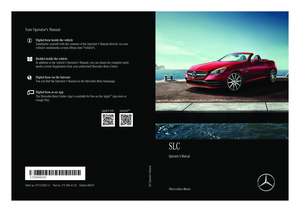 1
1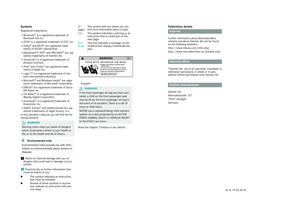 2
2 3
3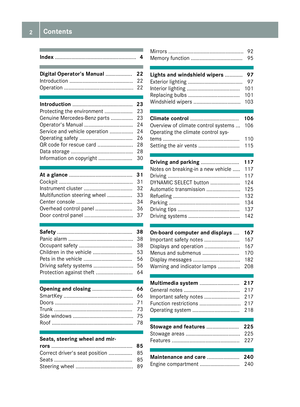 4
4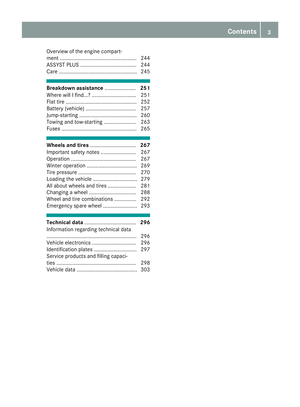 5
5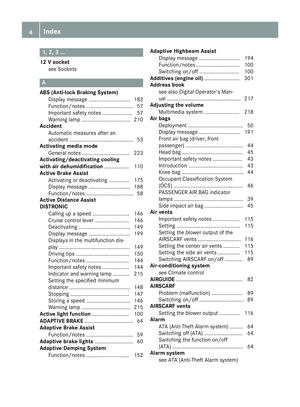 6
6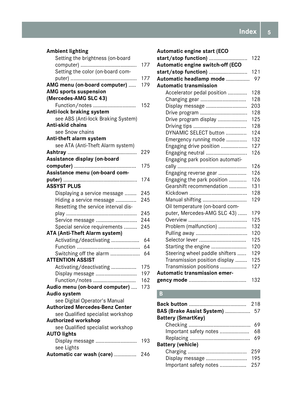 7
7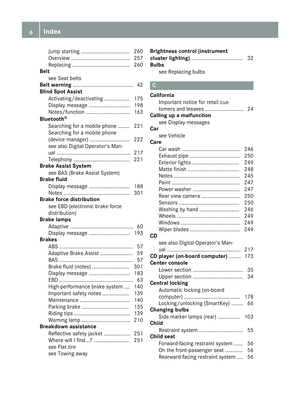 8
8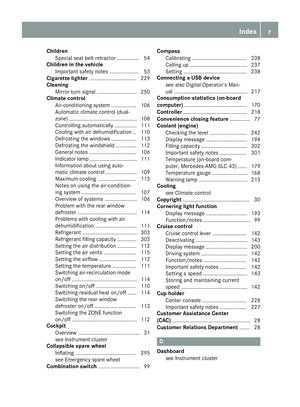 9
9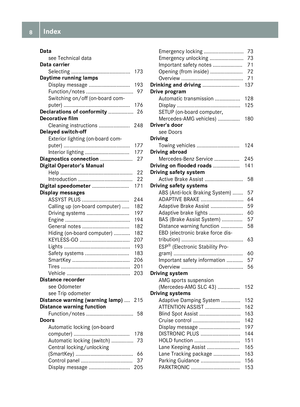 10
10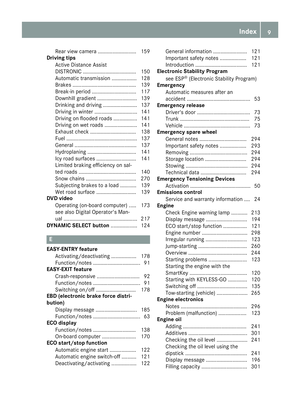 11
11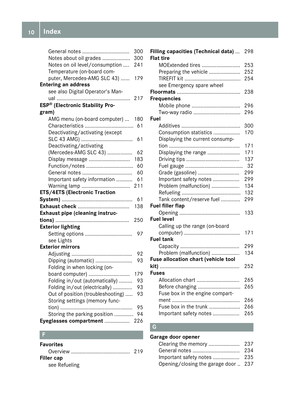 12
12 13
13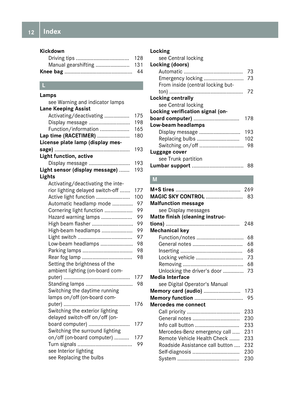 14
14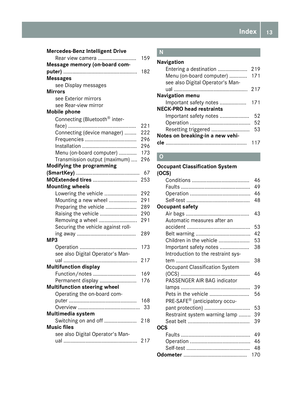 15
15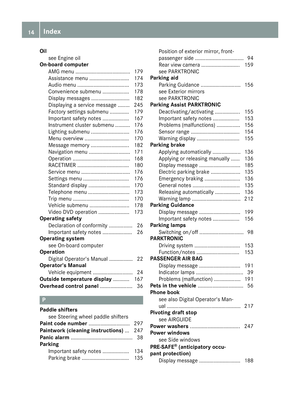 16
16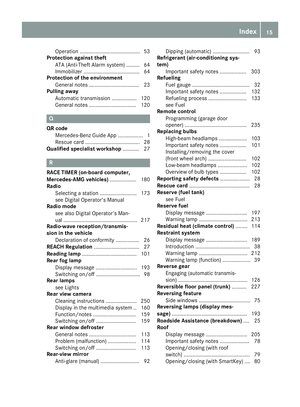 17
17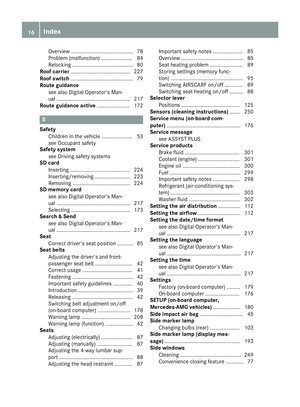 18
18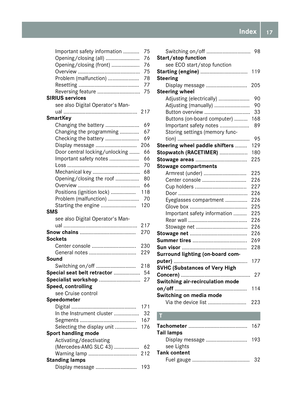 19
19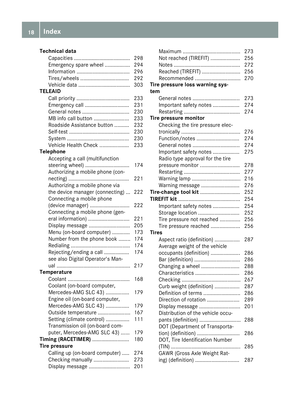 20
20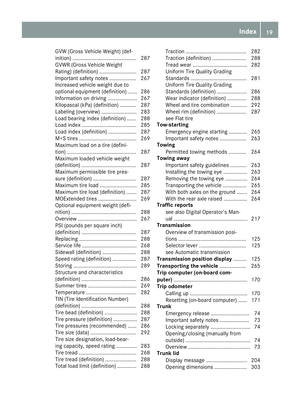 21
21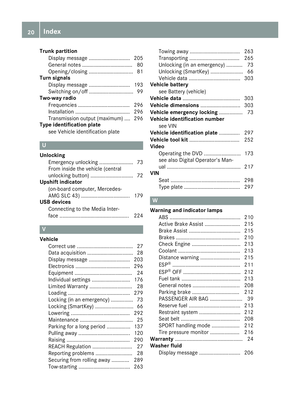 22
22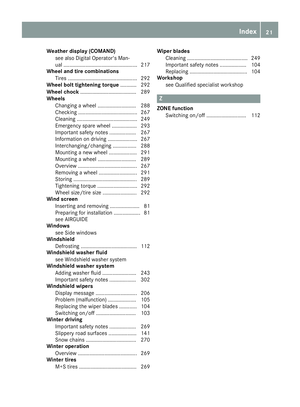 23
23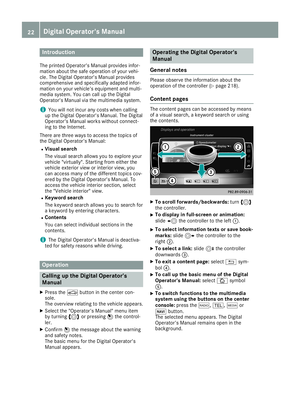 24
24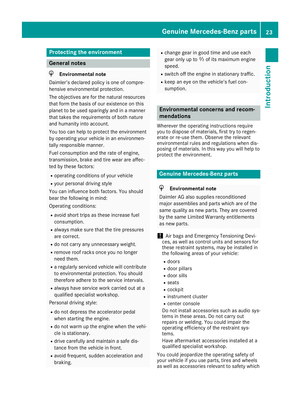 25
25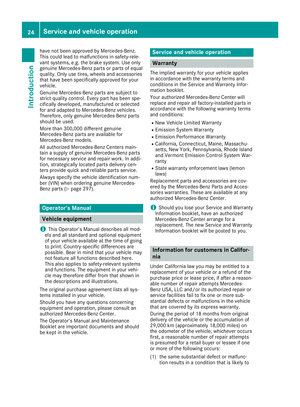 26
26 27
27 28
28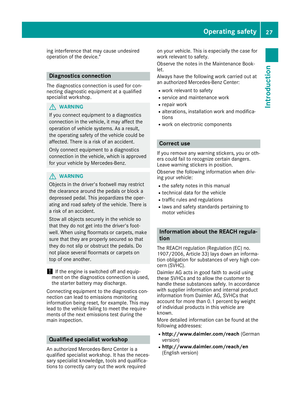 29
29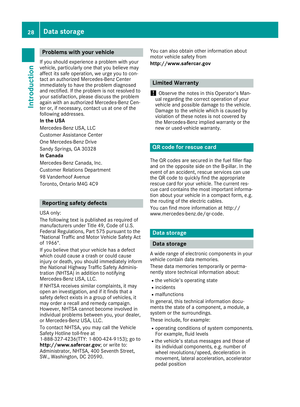 30
30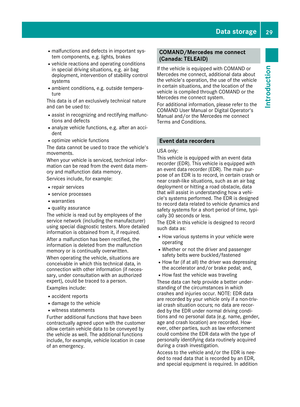 31
31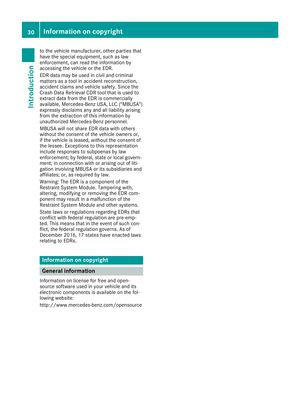 32
32 33
33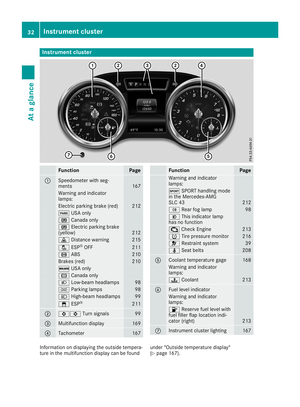 34
34 35
35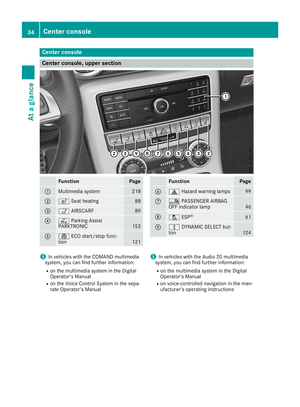 36
36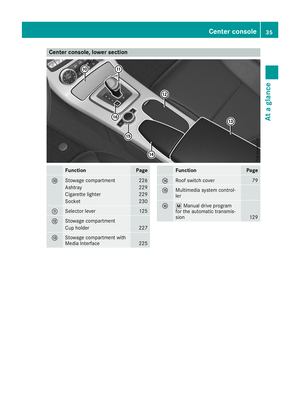 37
37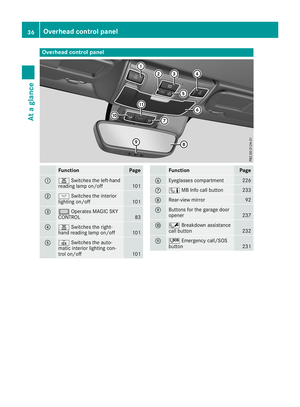 38
38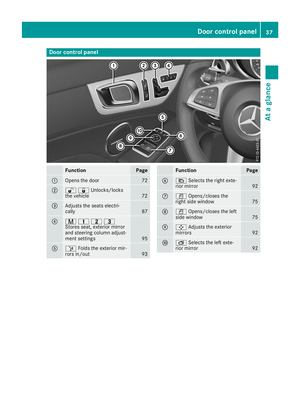 39
39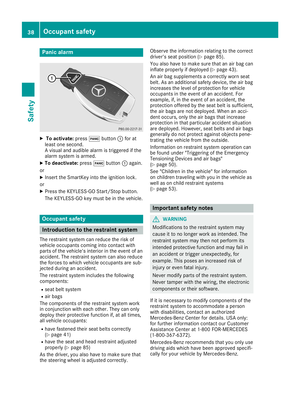 40
40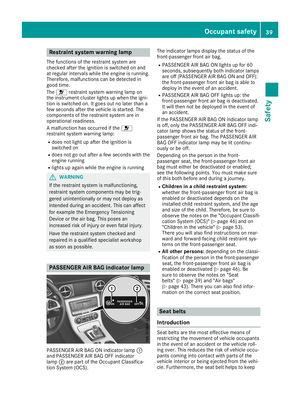 41
41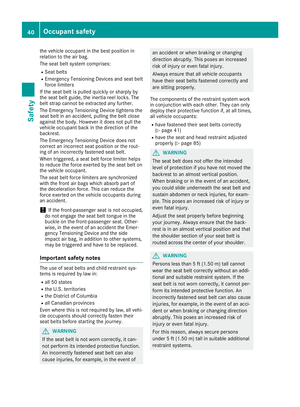 42
42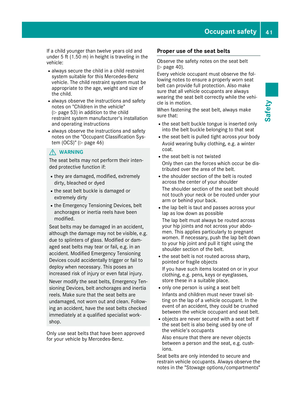 43
43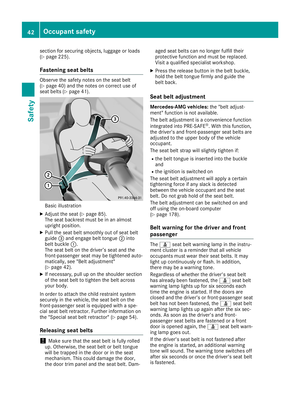 44
44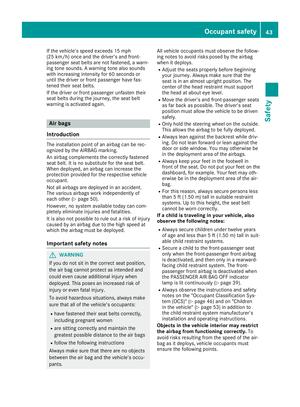 45
45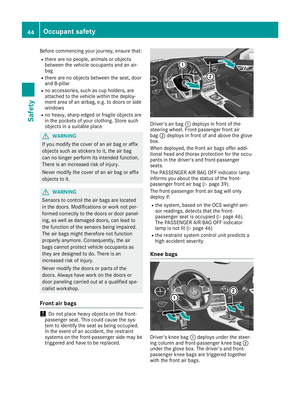 46
46 47
47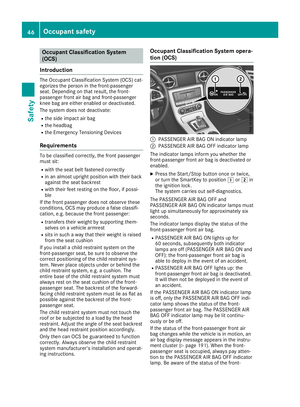 48
48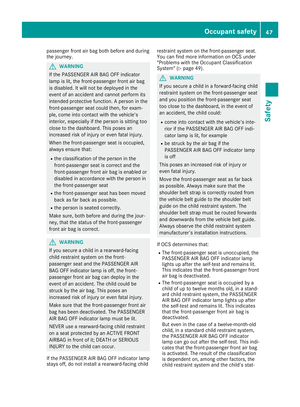 49
49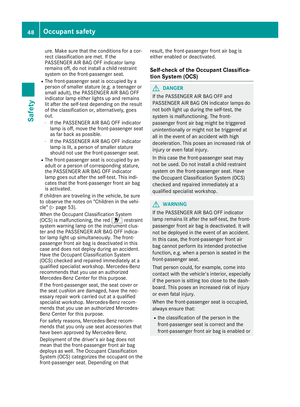 50
50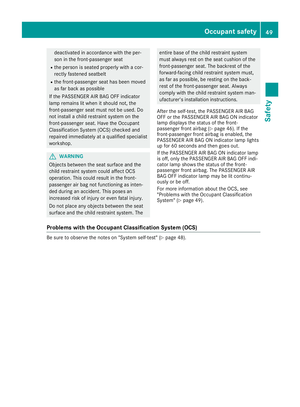 51
51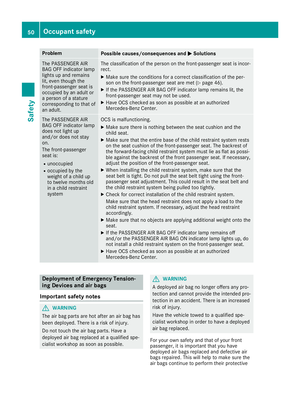 52
52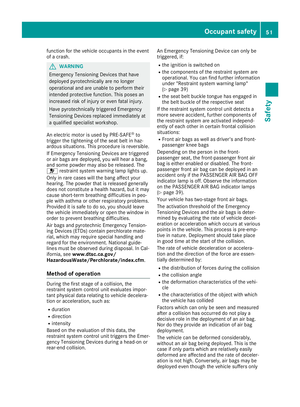 53
53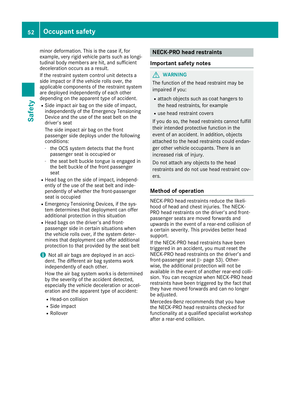 54
54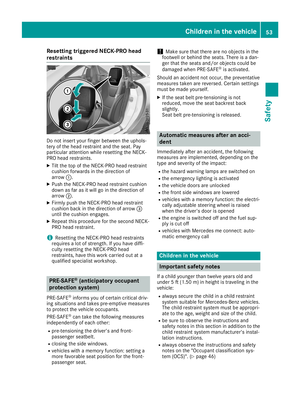 55
55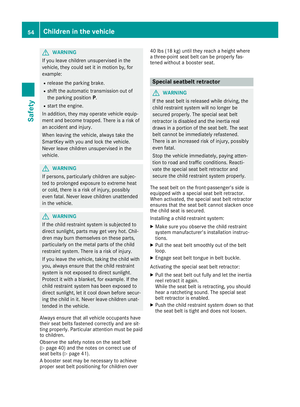 56
56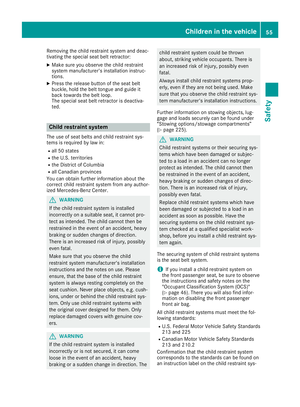 57
57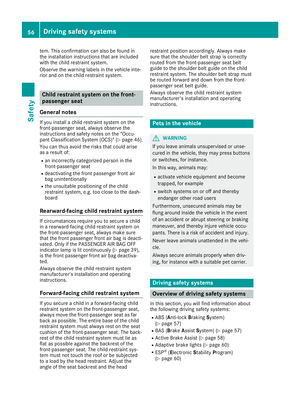 58
58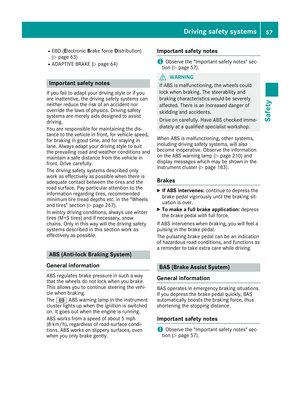 59
59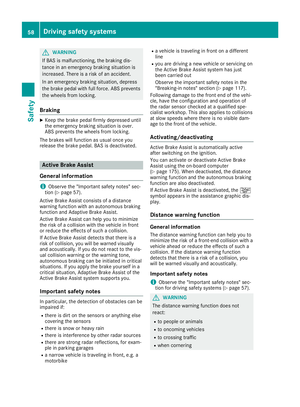 60
60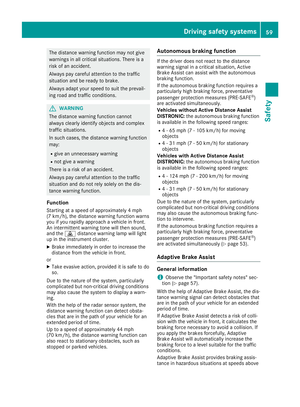 61
61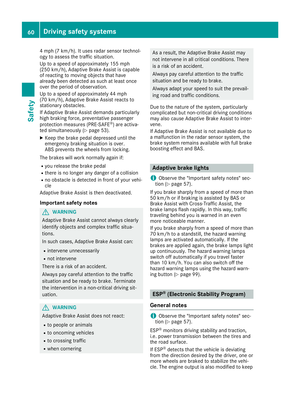 62
62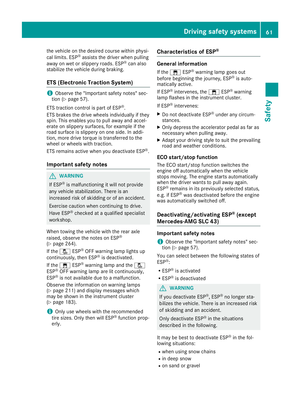 63
63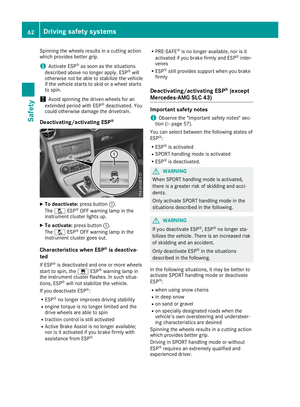 64
64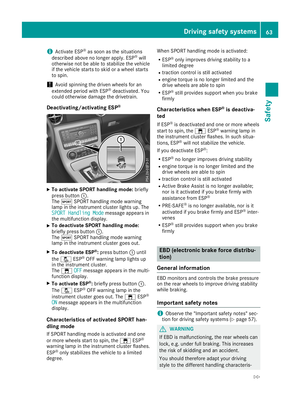 65
65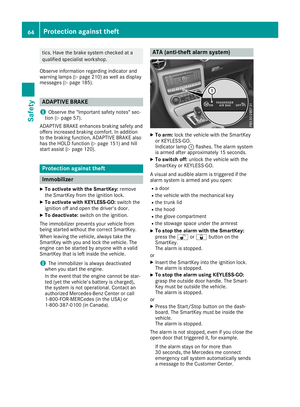 66
66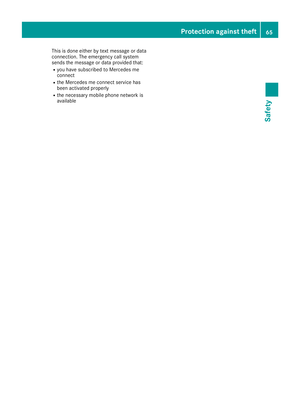 67
67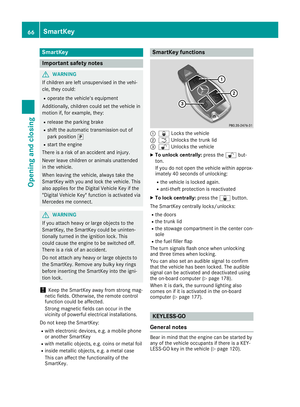 68
68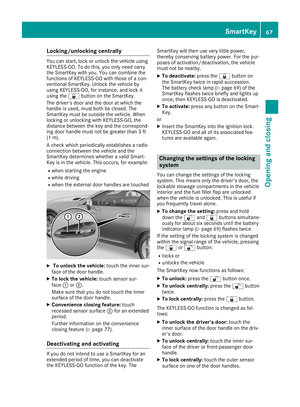 69
69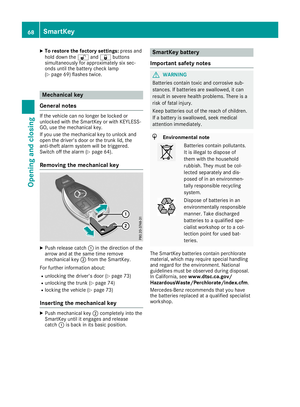 70
70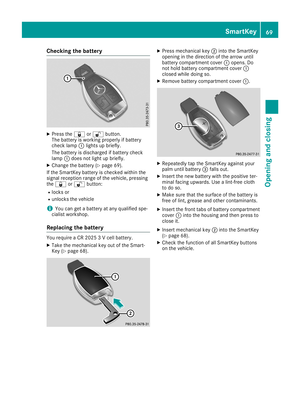 71
71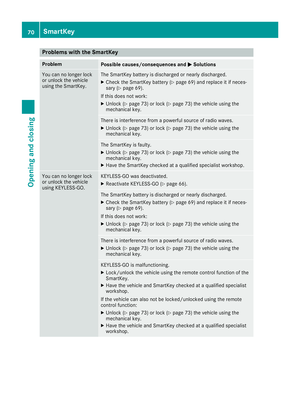 72
72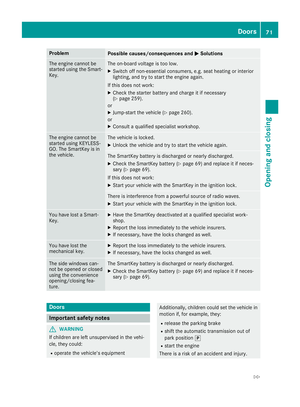 73
73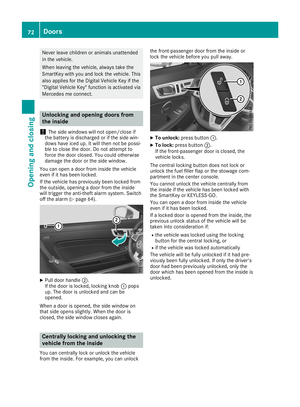 74
74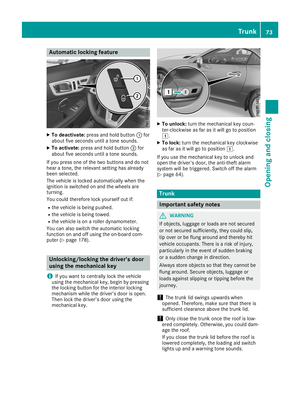 75
75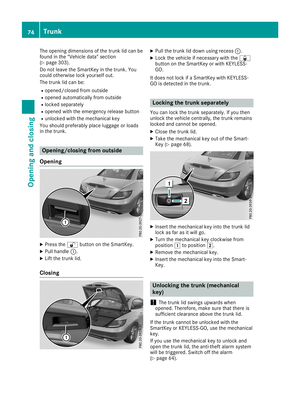 76
76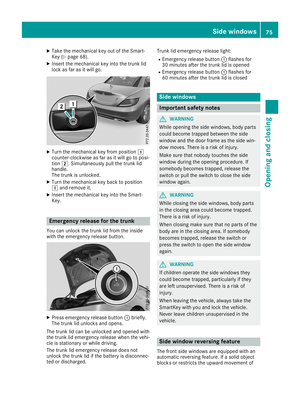 77
77 78
78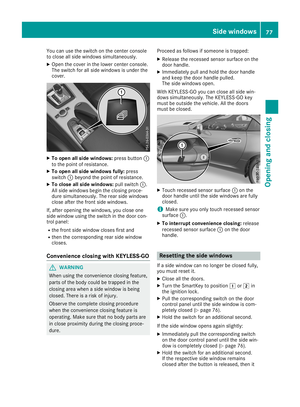 79
79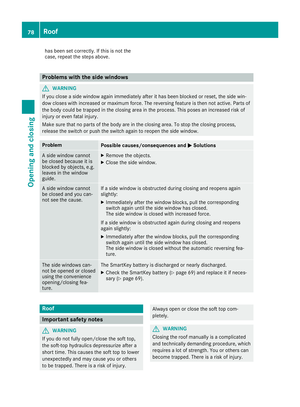 80
80 81
81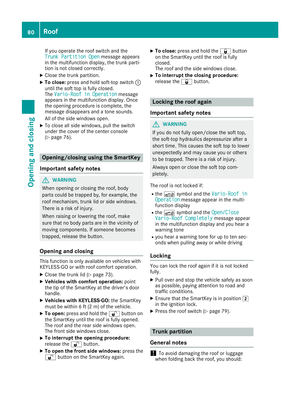 82
82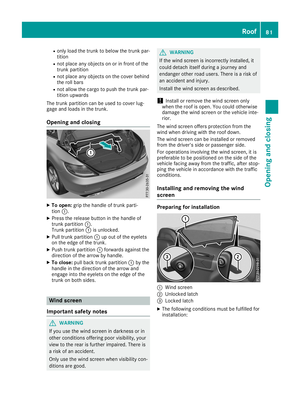 83
83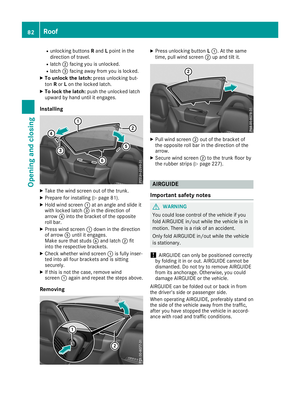 84
84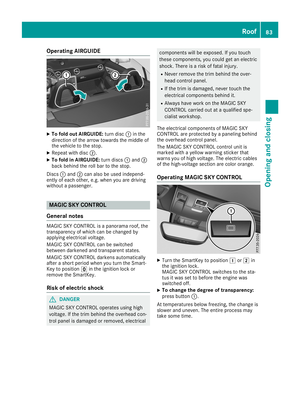 85
85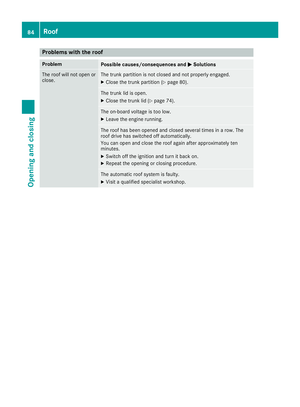 86
86 87
87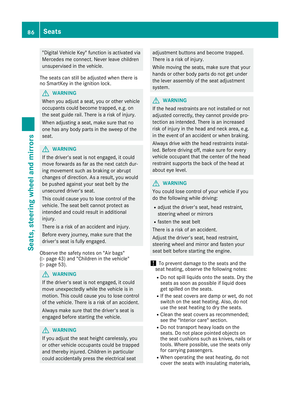 88
88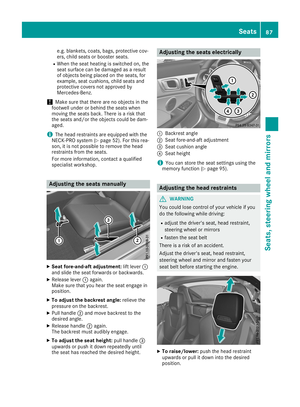 89
89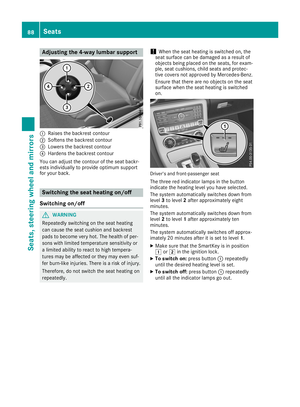 90
90 91
91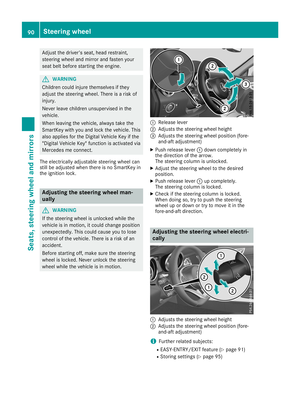 92
92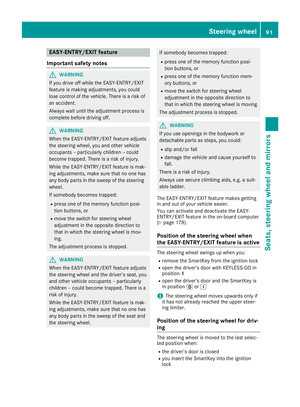 93
93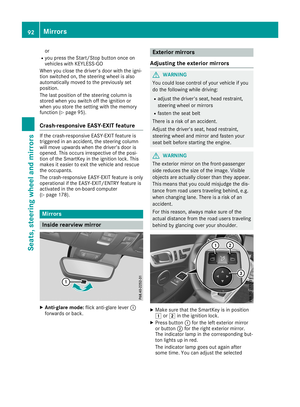 94
94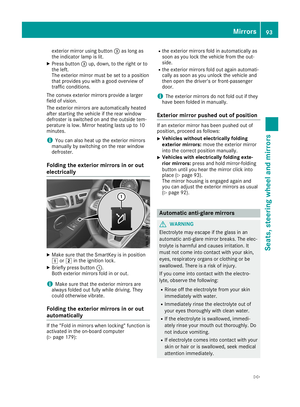 95
95 96
96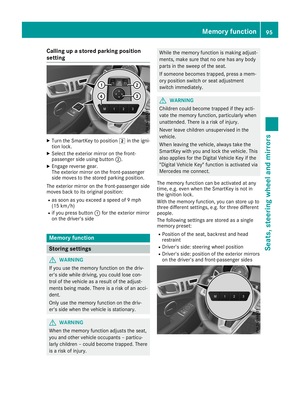 97
97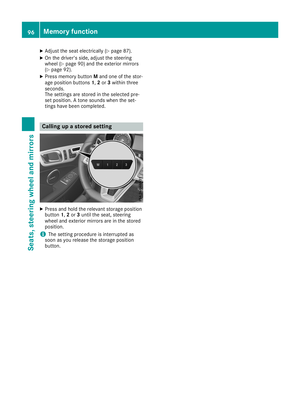 98
98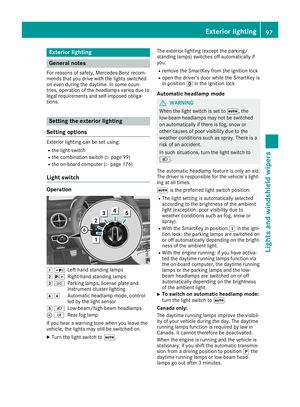 99
99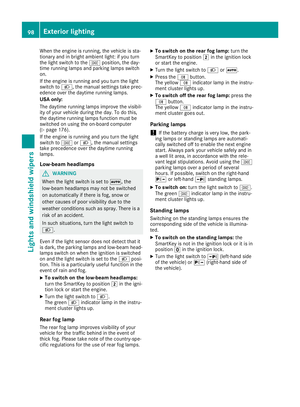 100
100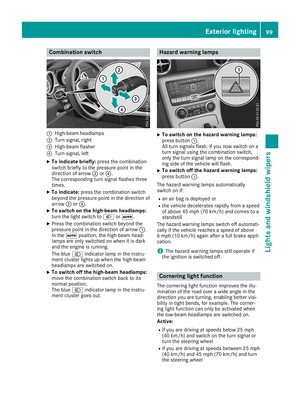 101
101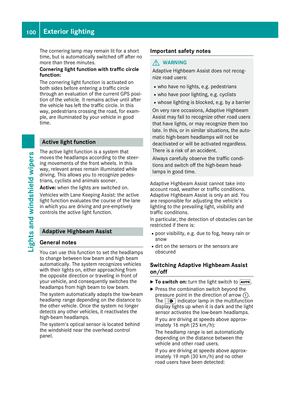 102
102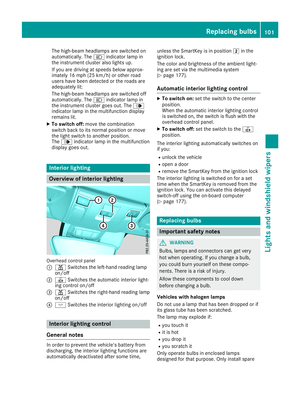 103
103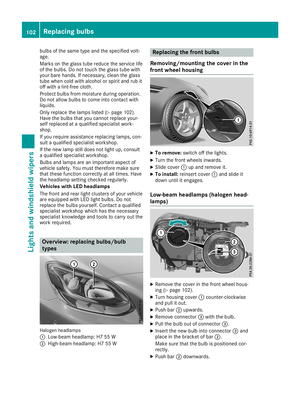 104
104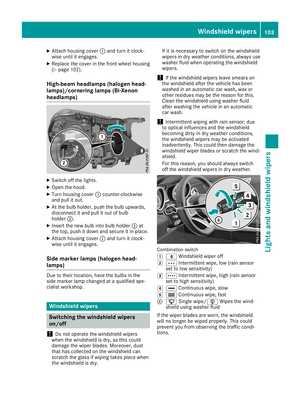 105
105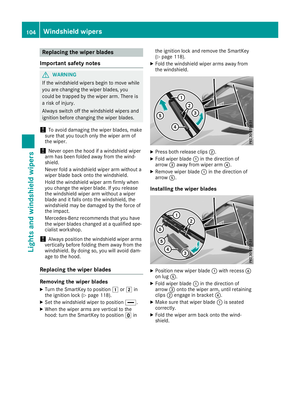 106
106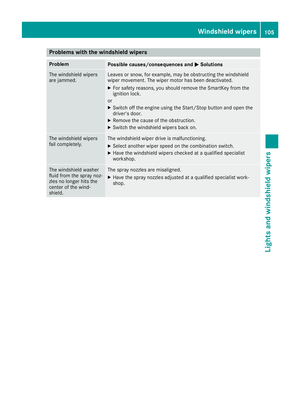 107
107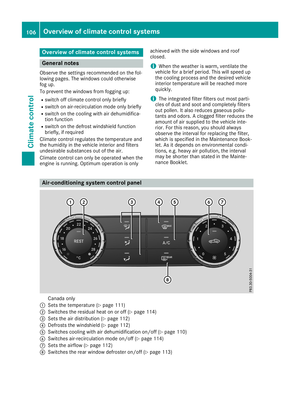 108
108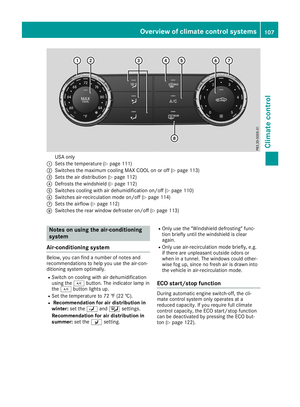 109
109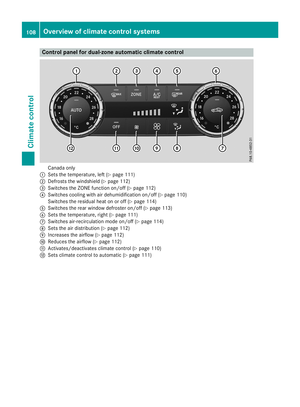 110
110 111
111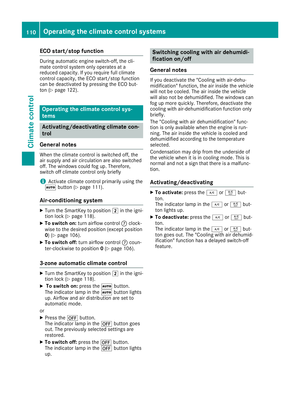 112
112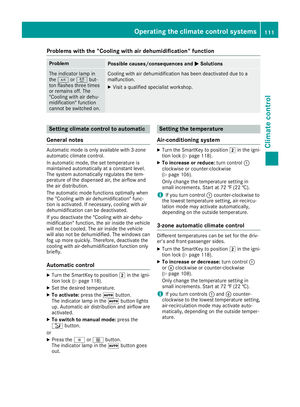 113
113 114
114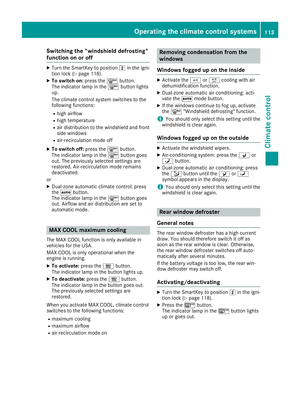 115
115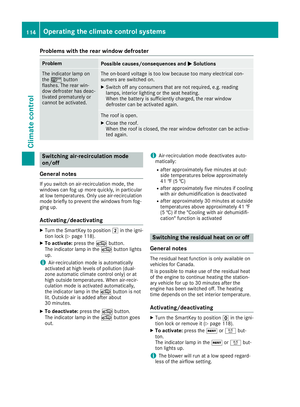 116
116 117
117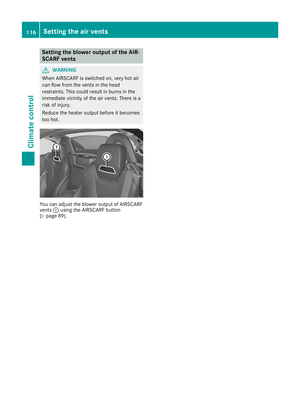 118
118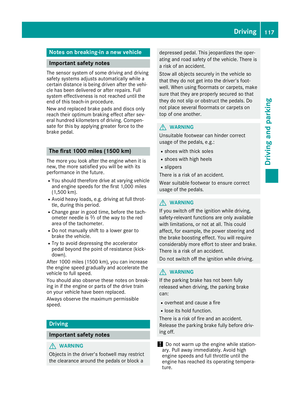 119
119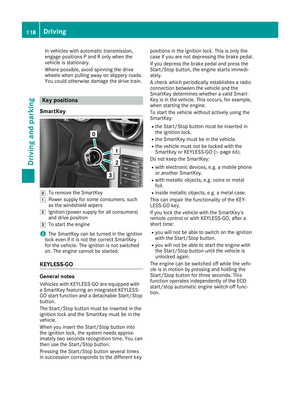 120
120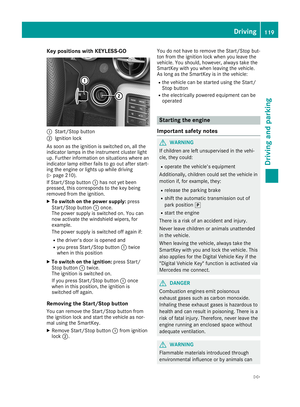 121
121 122
122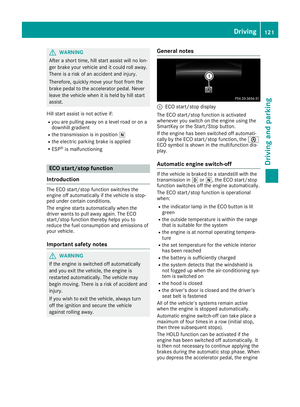 123
123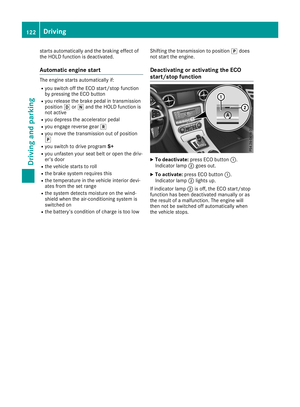 124
124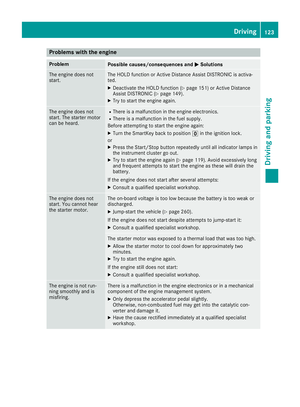 125
125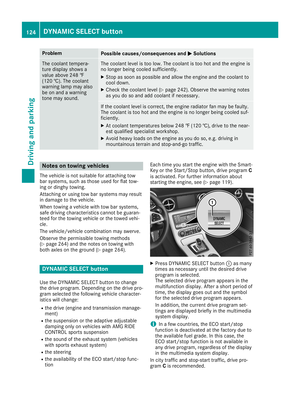 126
126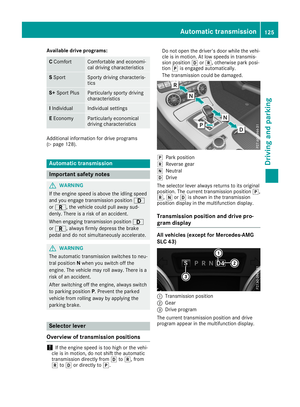 127
127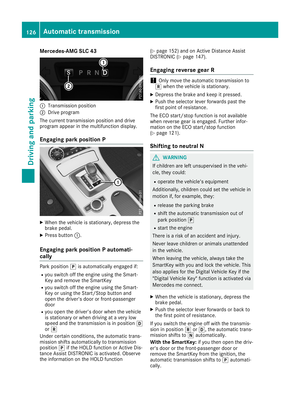 128
128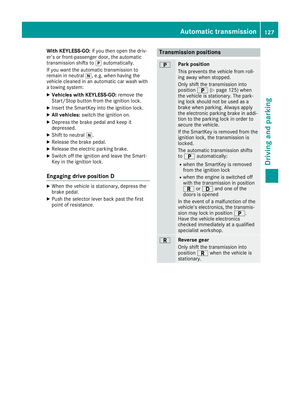 129
129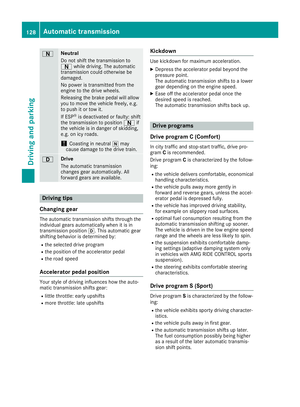 130
130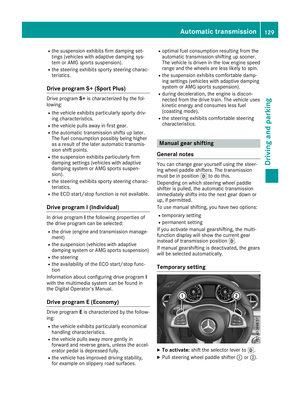 131
131 132
132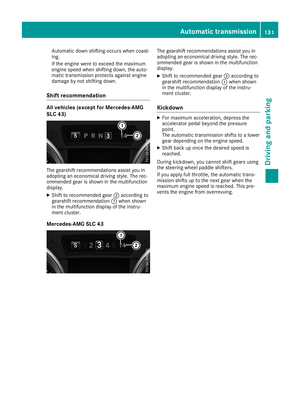 133
133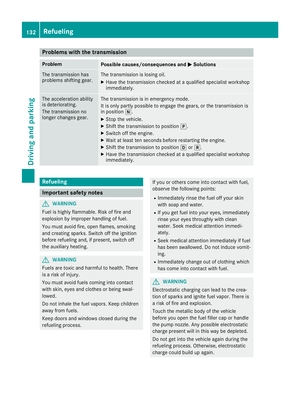 134
134 135
135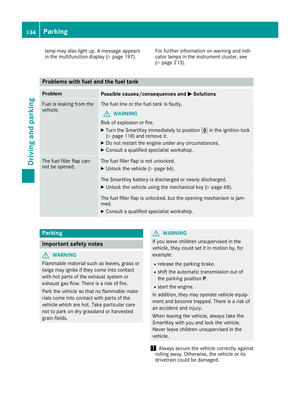 136
136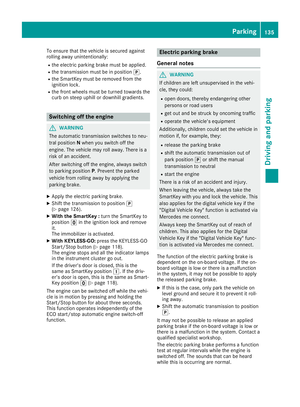 137
137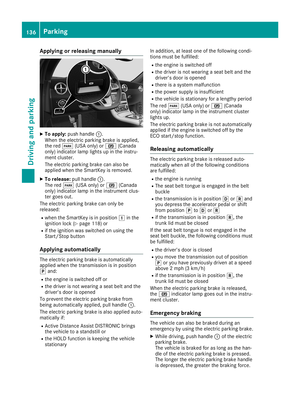 138
138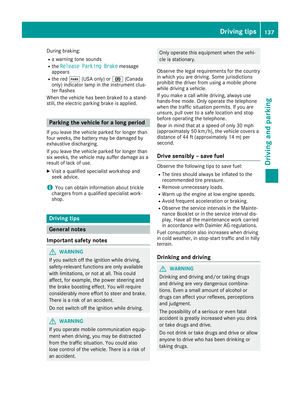 139
139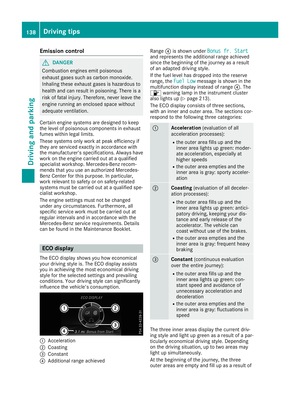 140
140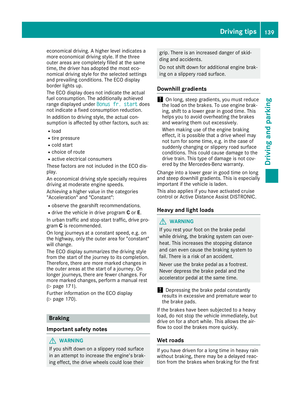 141
141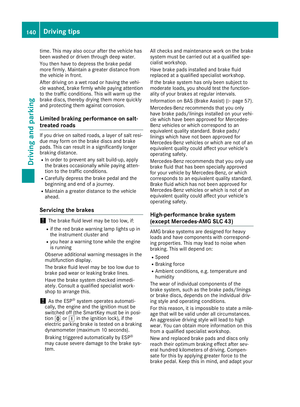 142
142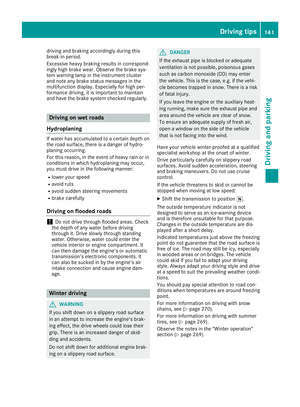 143
143 144
144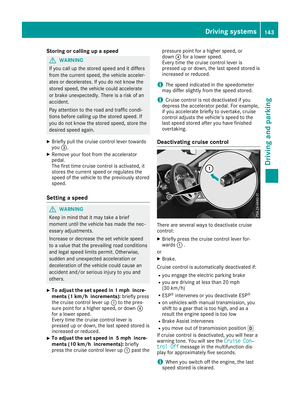 145
145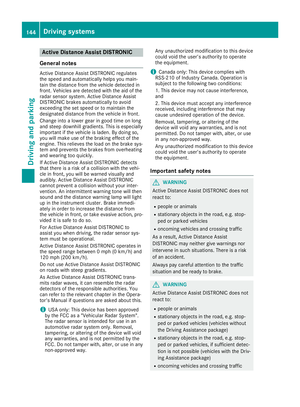 146
146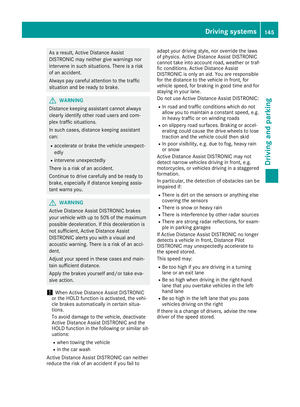 147
147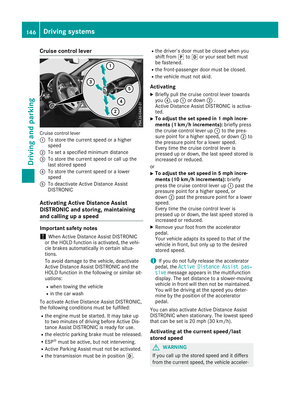 148
148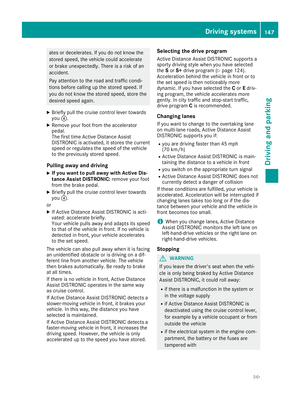 149
149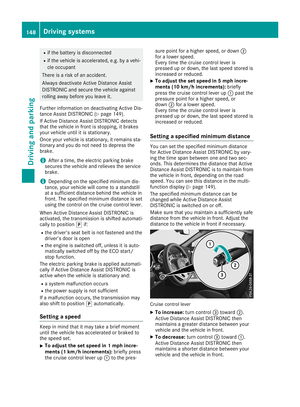 150
150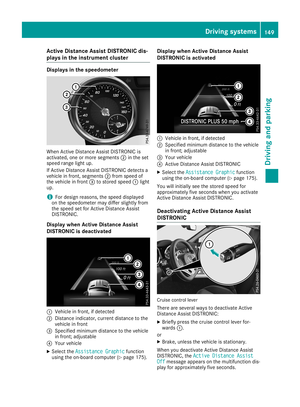 151
151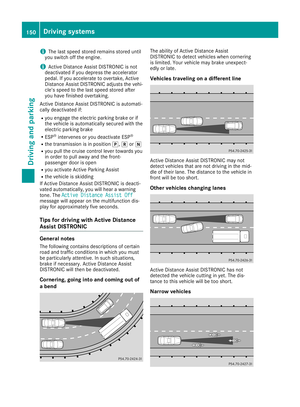 152
152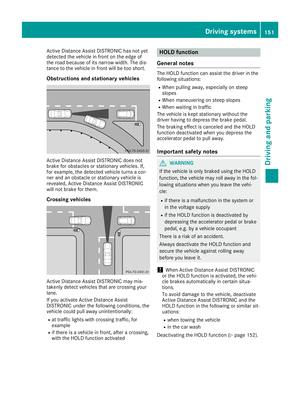 153
153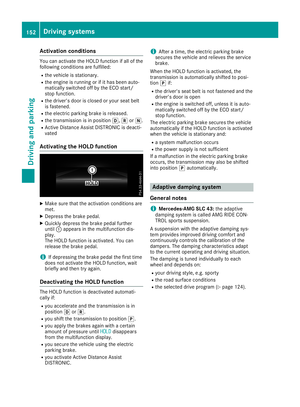 154
154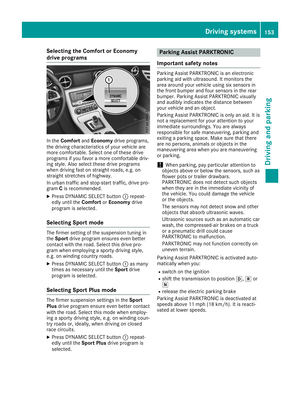 155
155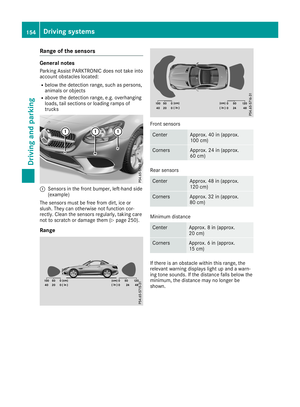 156
156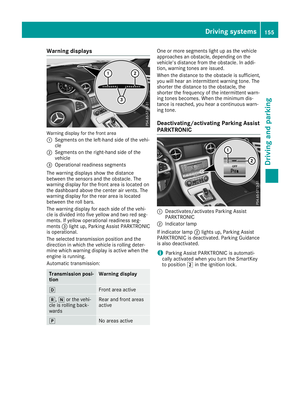 157
157 158
158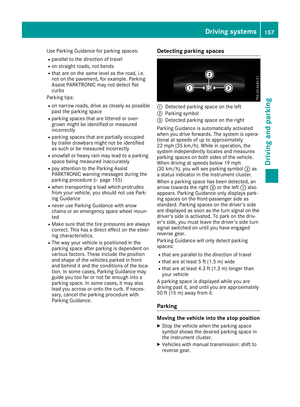 159
159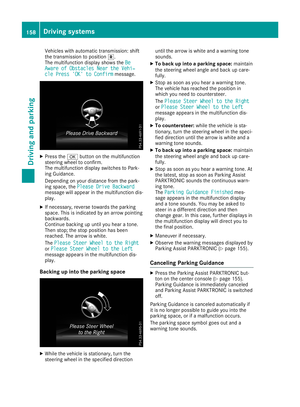 160
160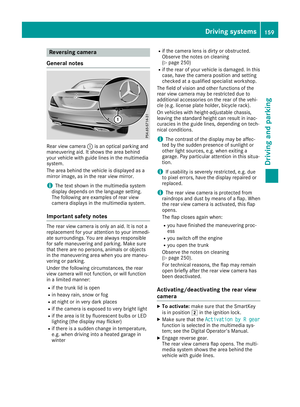 161
161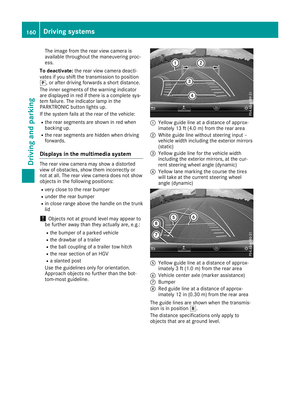 162
162 163
163 164
164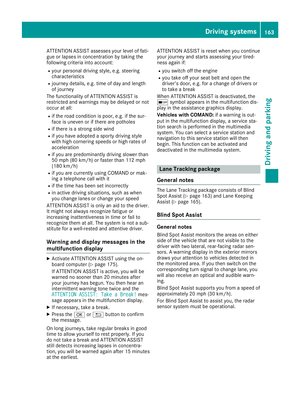 165
165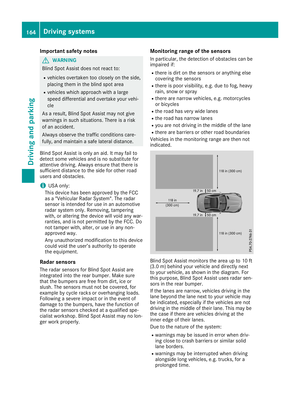 166
166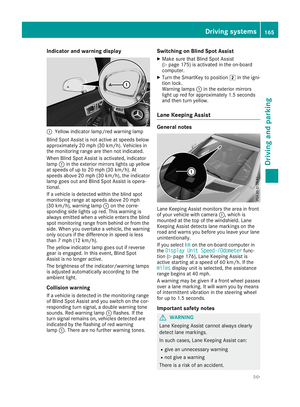 167
167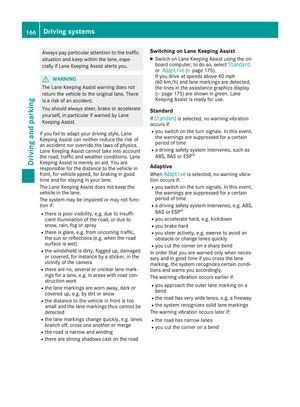 168
168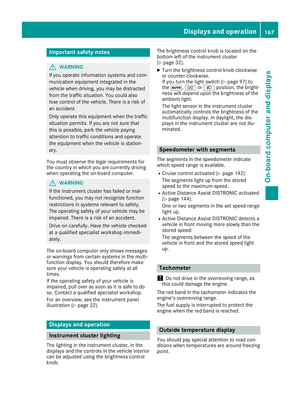 169
169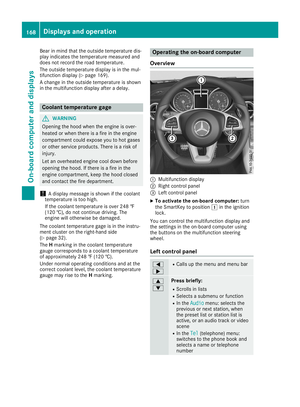 170
170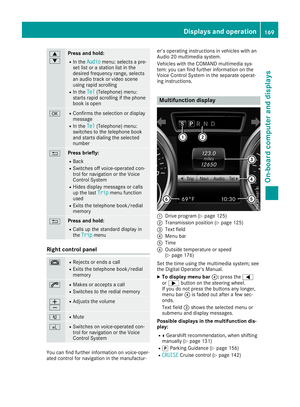 171
171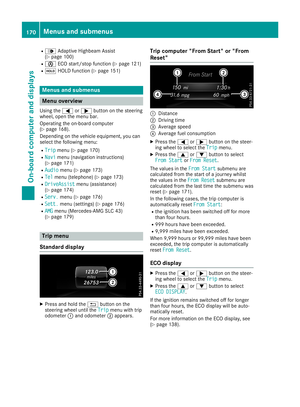 172
172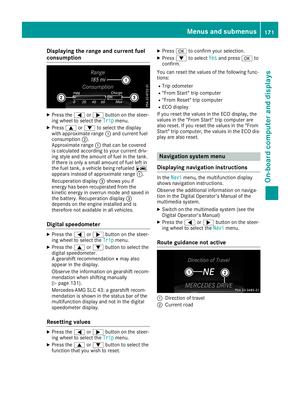 173
173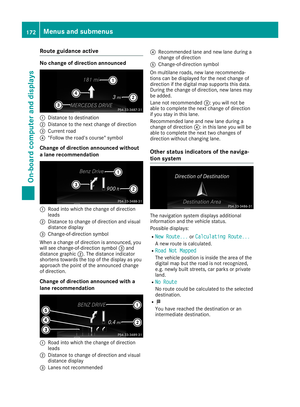 174
174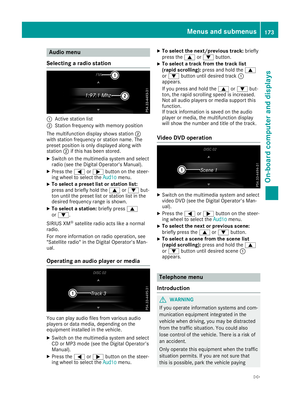 175
175 176
176 177
177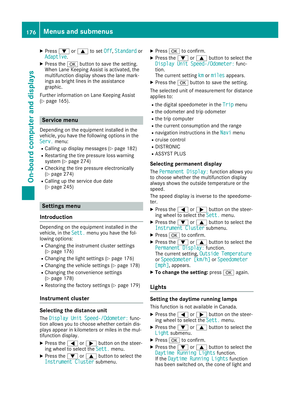 178
178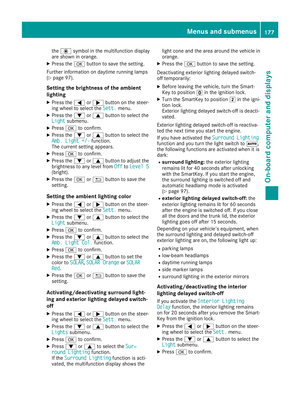 179
179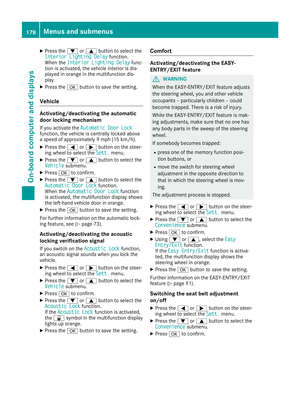 180
180 181
181 182
182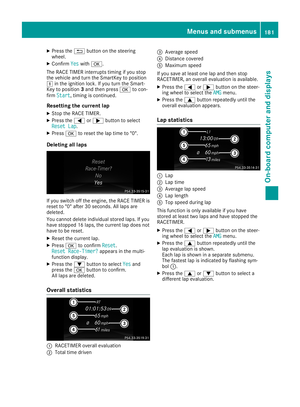 183
183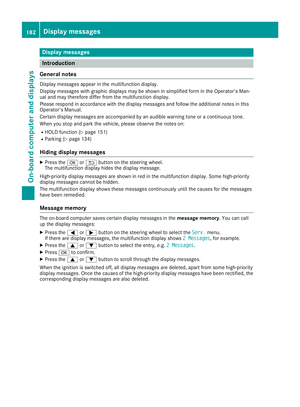 184
184 185
185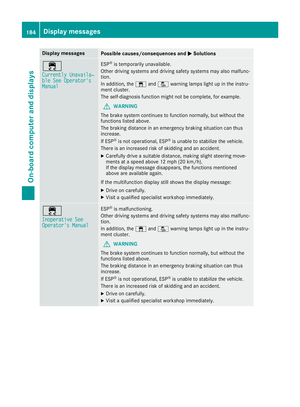 186
186 187
187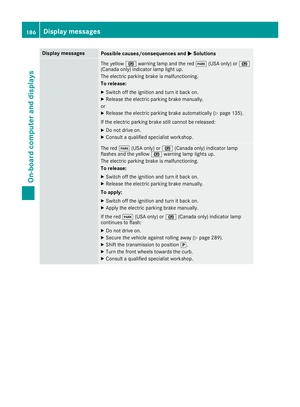 188
188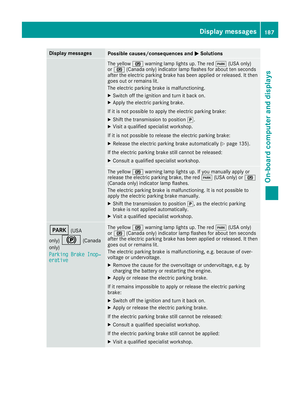 189
189 190
190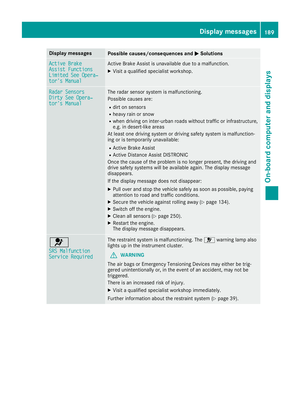 191
191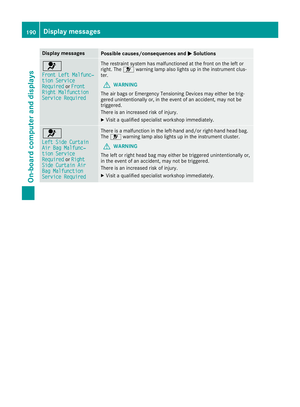 192
192 193
193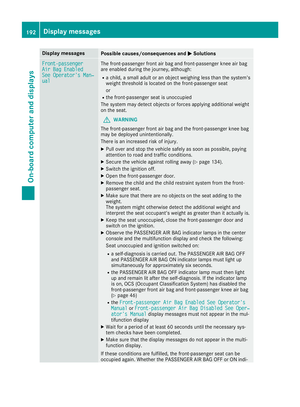 194
194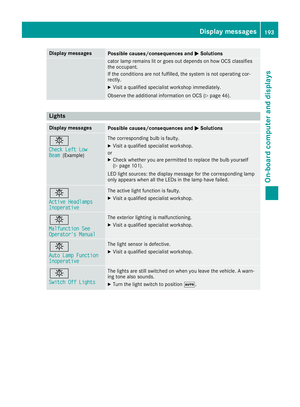 195
195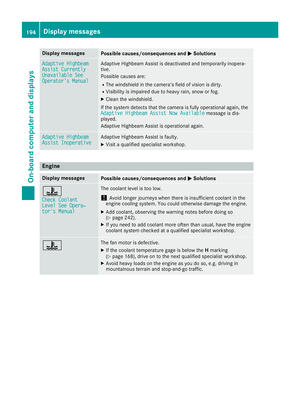 196
196 197
197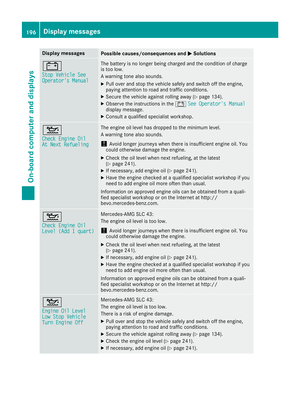 198
198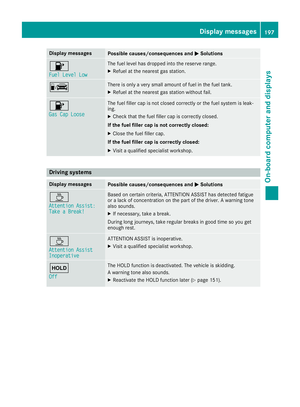 199
199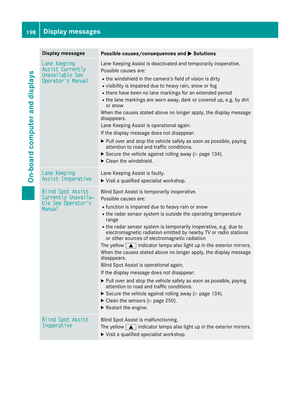 200
200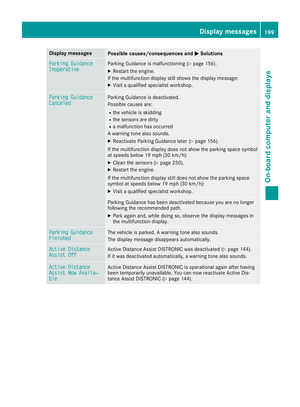 201
201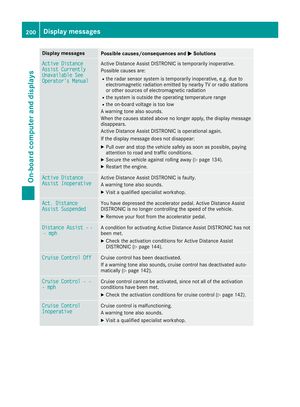 202
202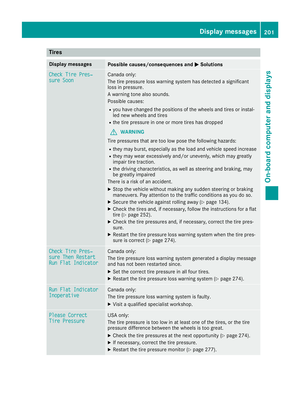 203
203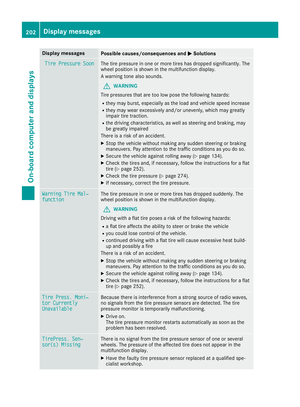 204
204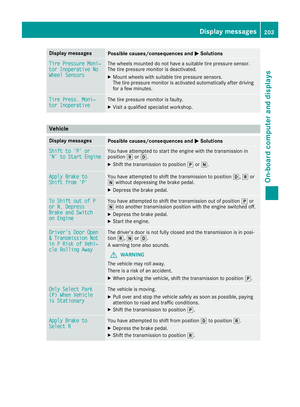 205
205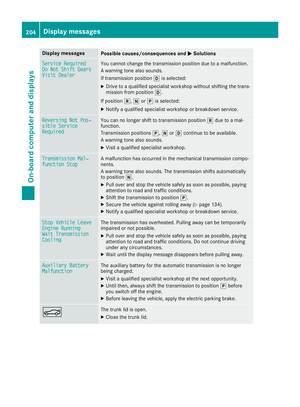 206
206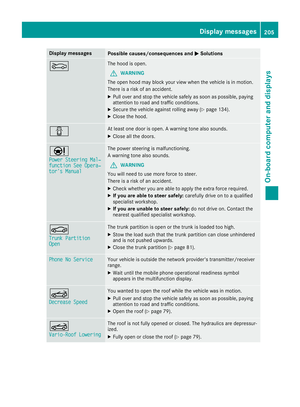 207
207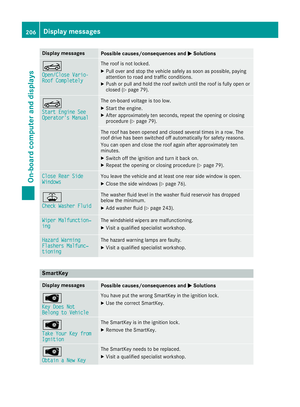 208
208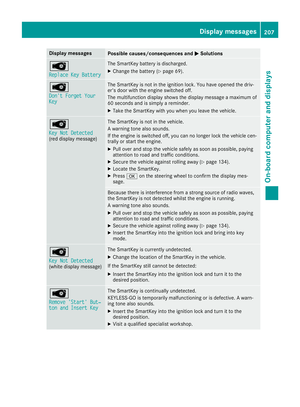 209
209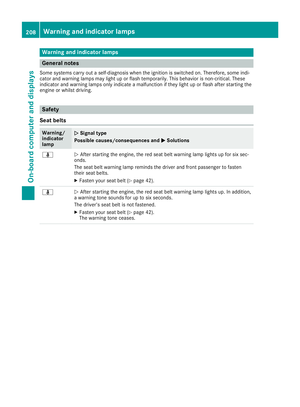 210
210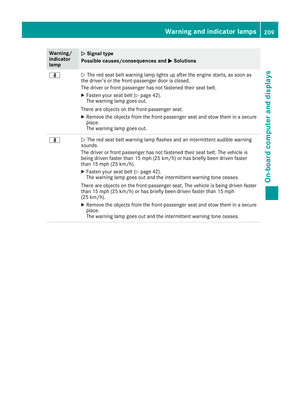 211
211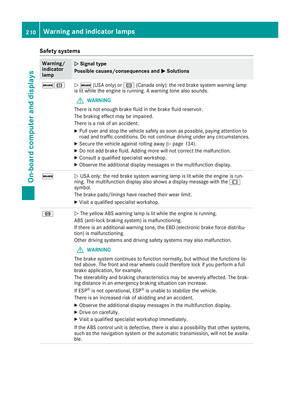 212
212 213
213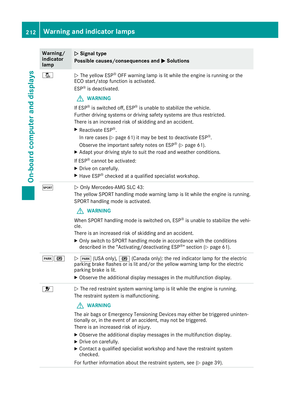 214
214 215
215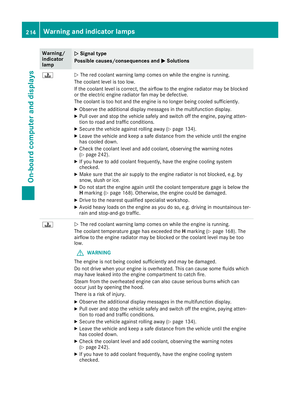 216
216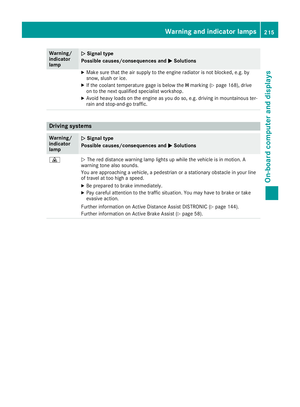 217
217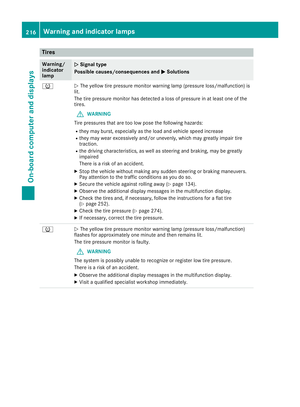 218
218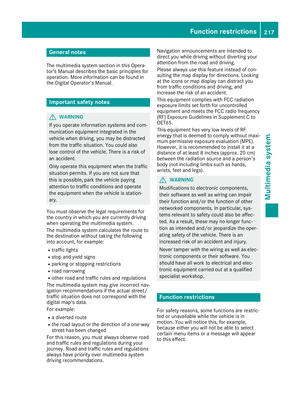 219
219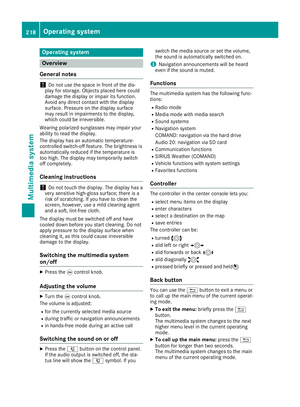 220
220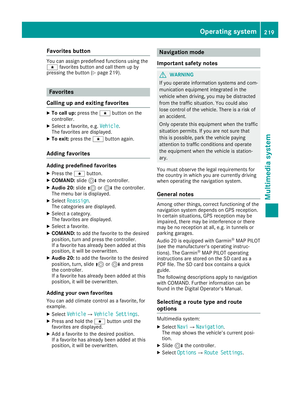 221
221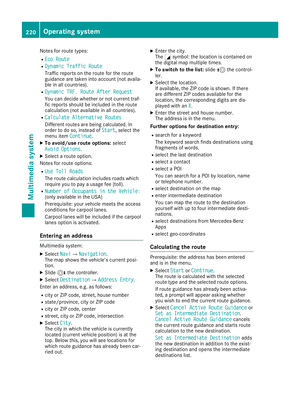 222
222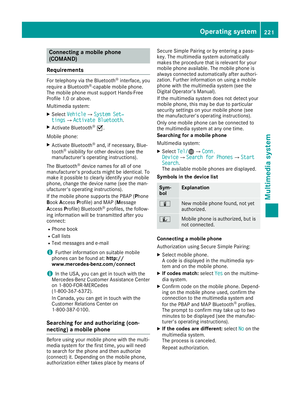 223
223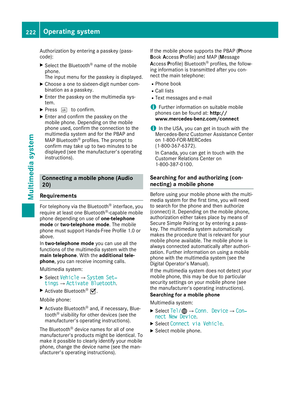 224
224 225
225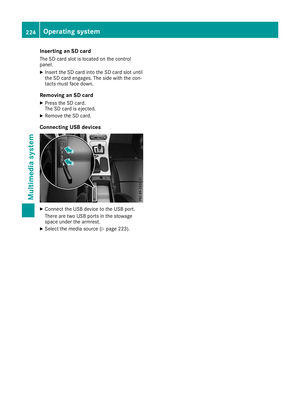 226
226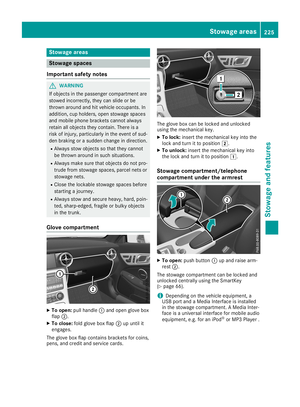 227
227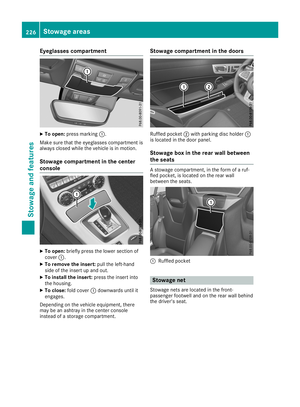 228
228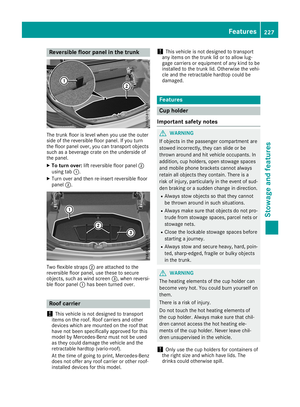 229
229 230
230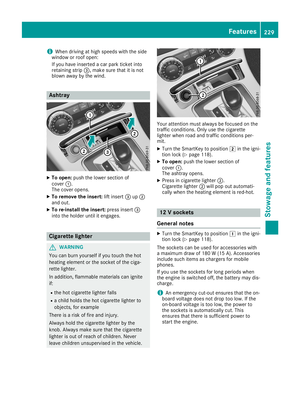 231
231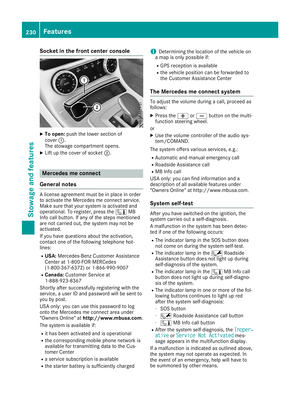 232
232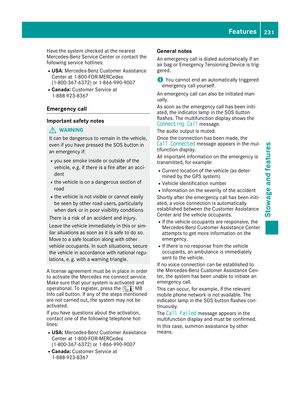 233
233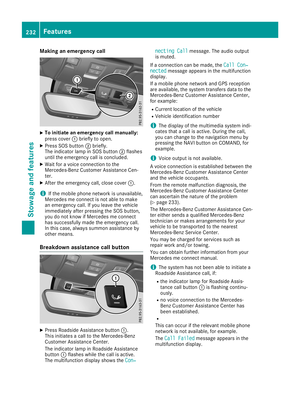 234
234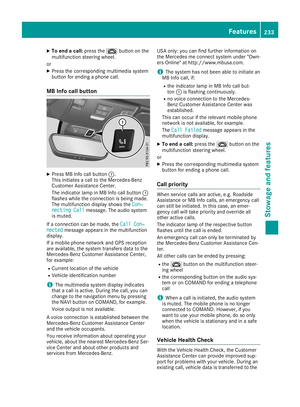 235
235 236
236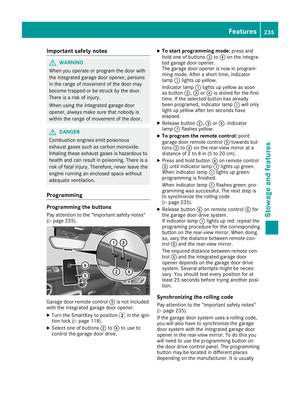 237
237 238
238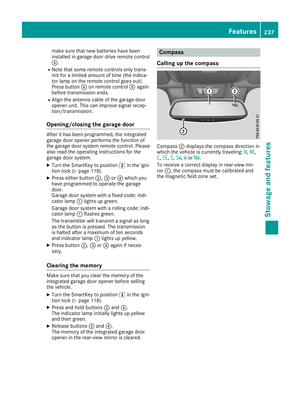 239
239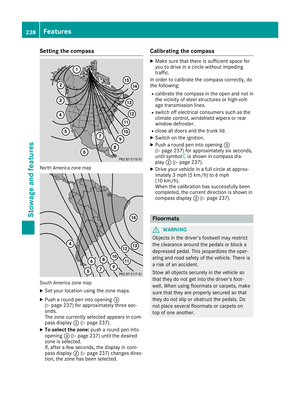 240
240 241
241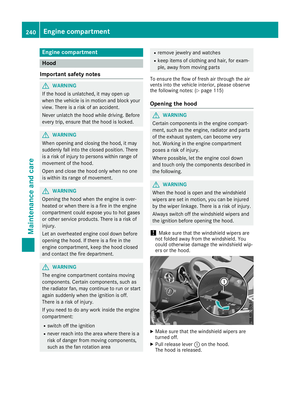 242
242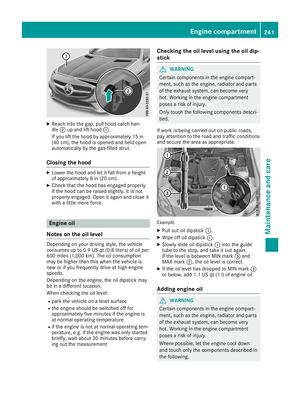 243
243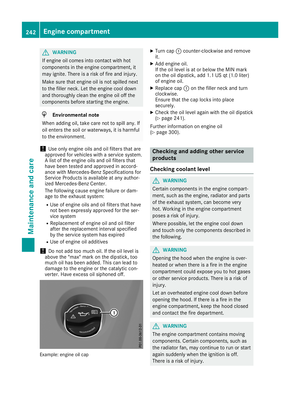 244
244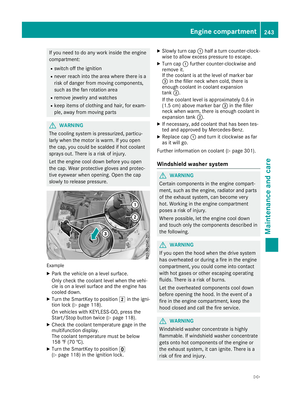 245
245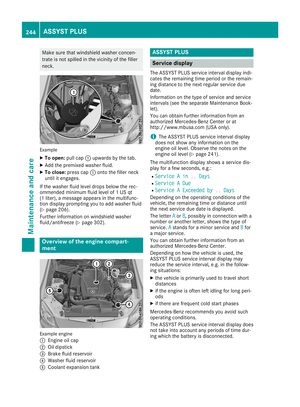 246
246 247
247 248
248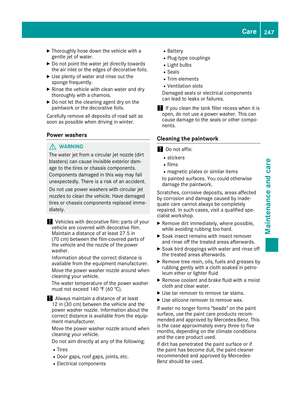 249
249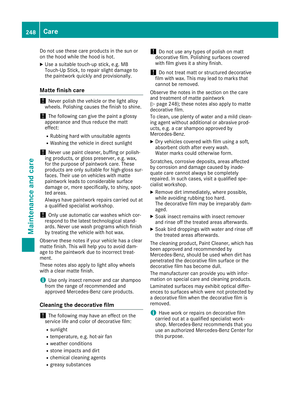 250
250 251
251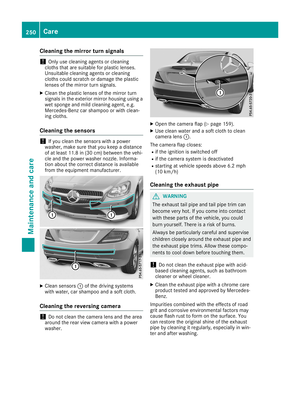 252
252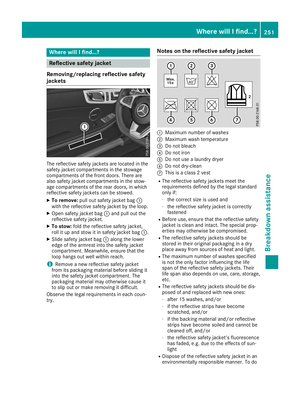 253
253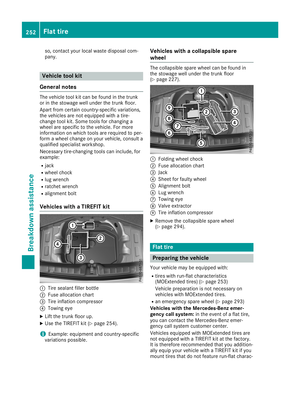 254
254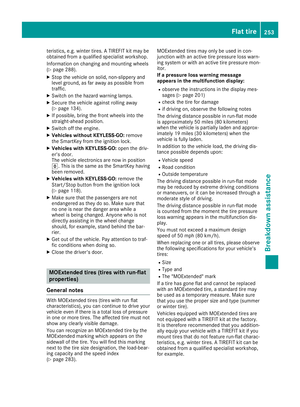 255
255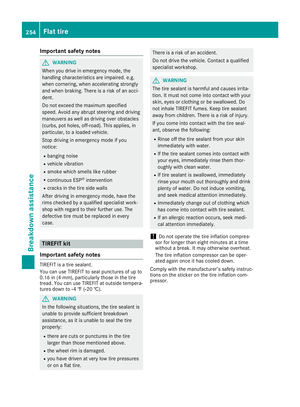 256
256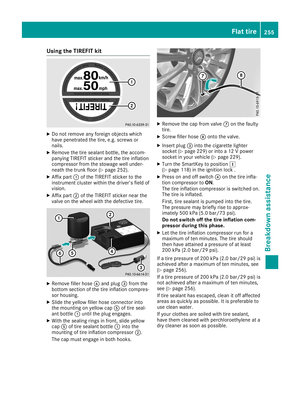 257
257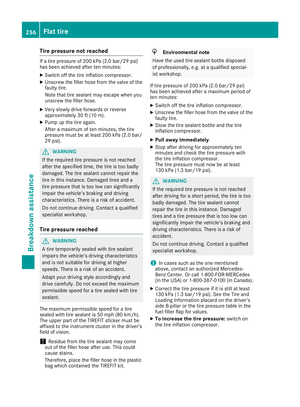 258
258 259
259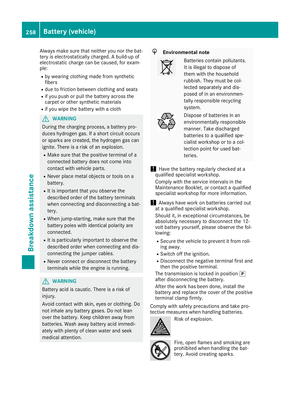 260
260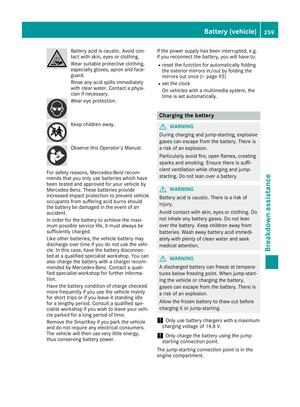 261
261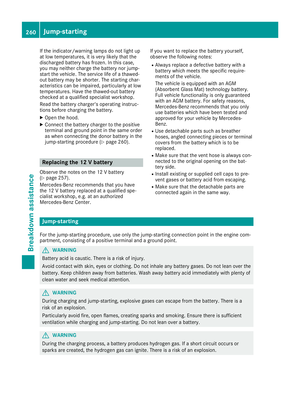 262
262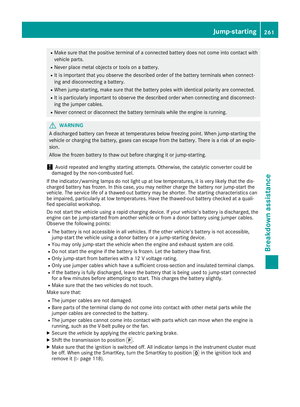 263
263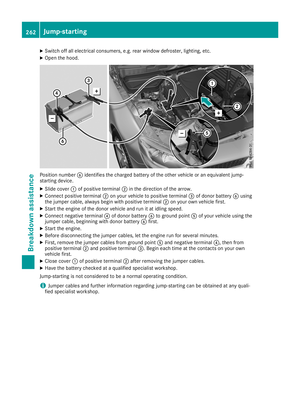 264
264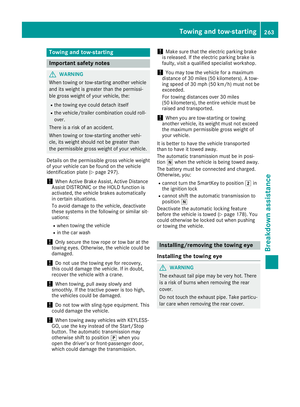 265
265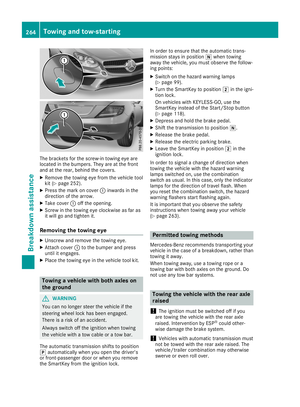 266
266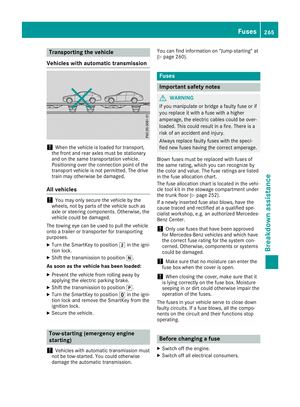 267
267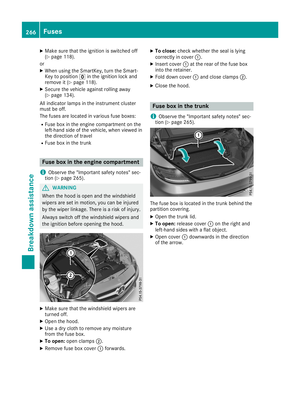 268
268 269
269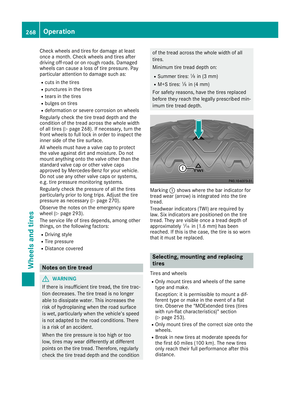 270
270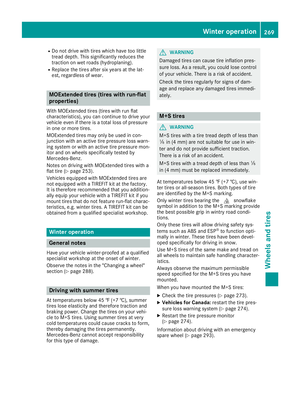 271
271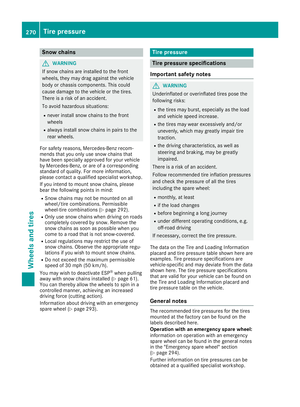 272
272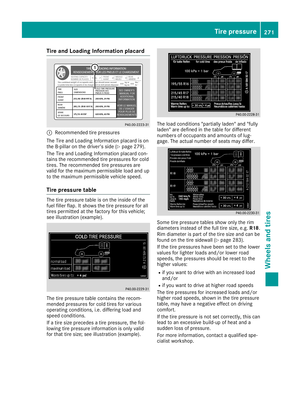 273
273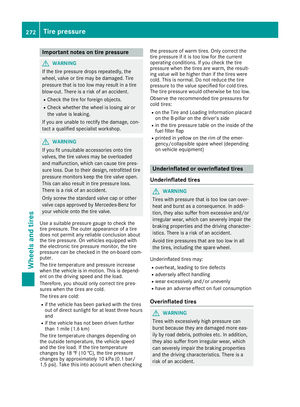 274
274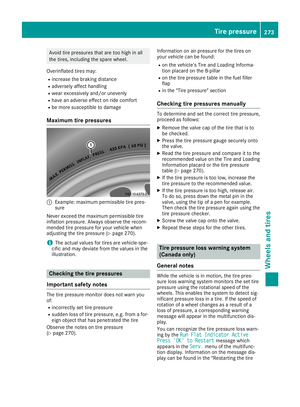 275
275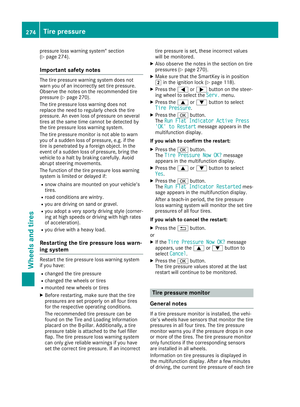 276
276 277
277 278
278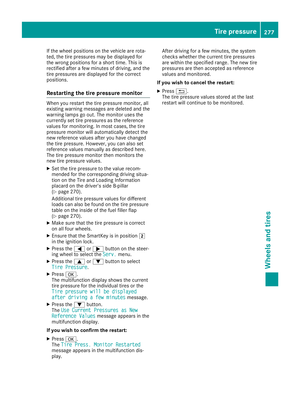 279
279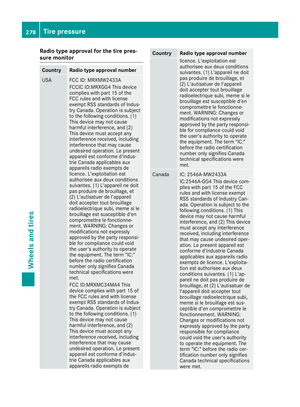 280
280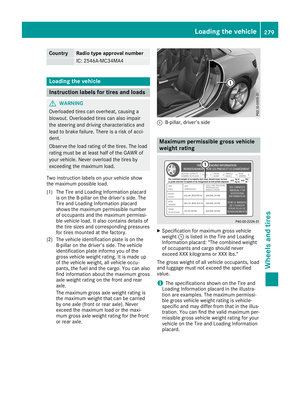 281
281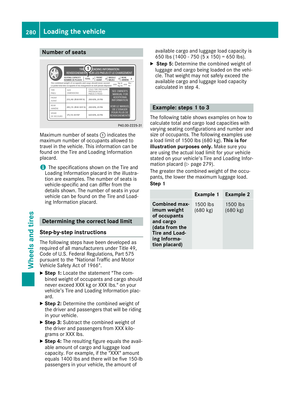 282
282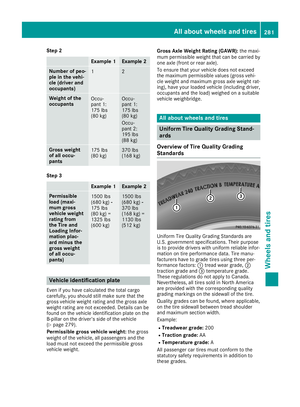 283
283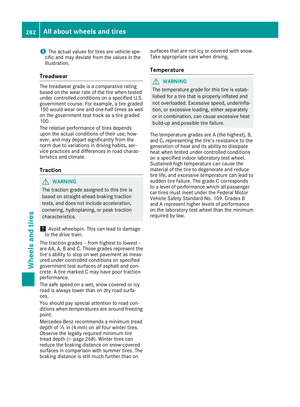 284
284 285
285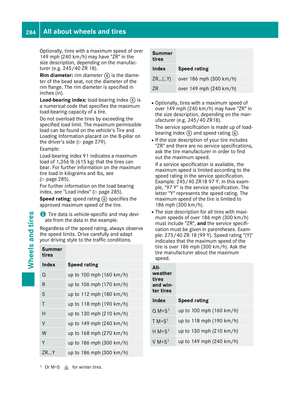 286
286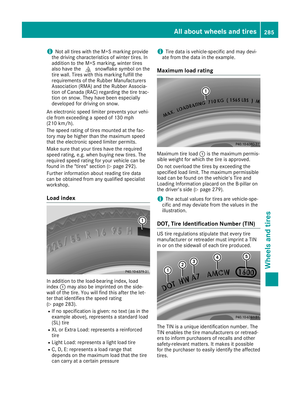 287
287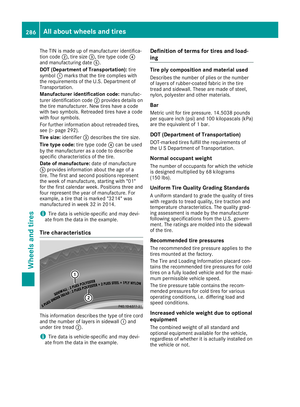 288
288 289
289 290
290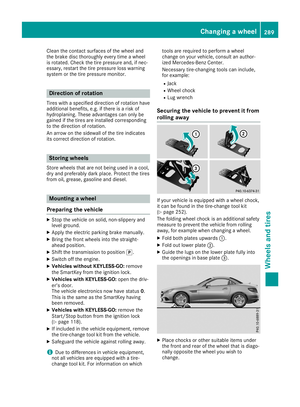 291
291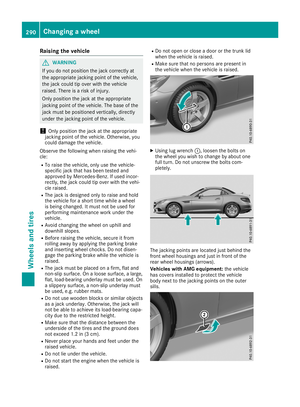 292
292 293
293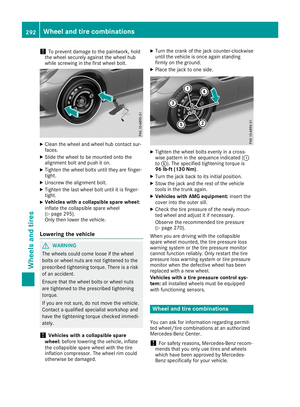 294
294 295
295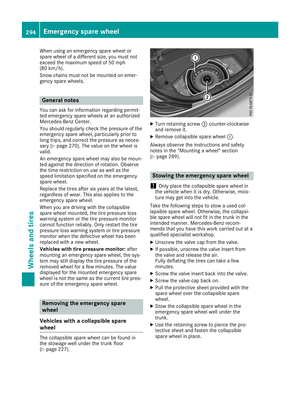 296
296 297
297 298
298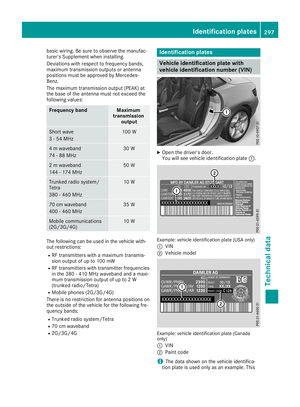 299
299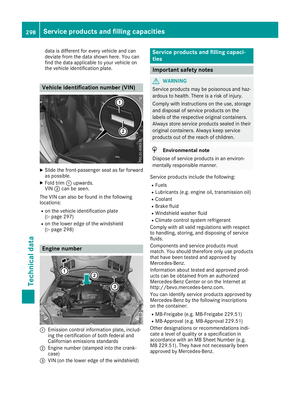 300
300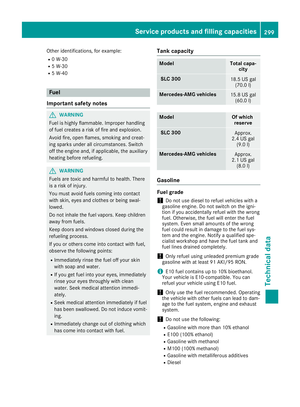 301
301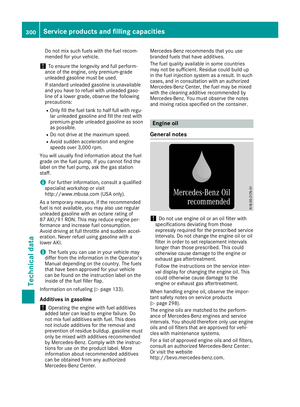 302
302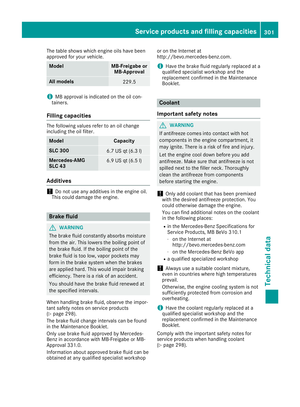 303
303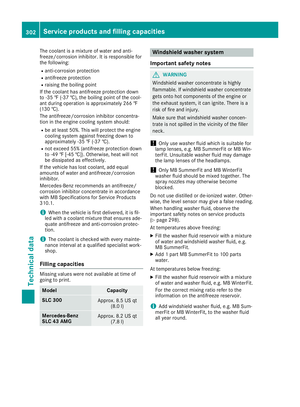 304
304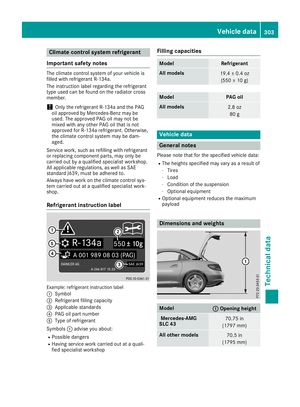 305
305






